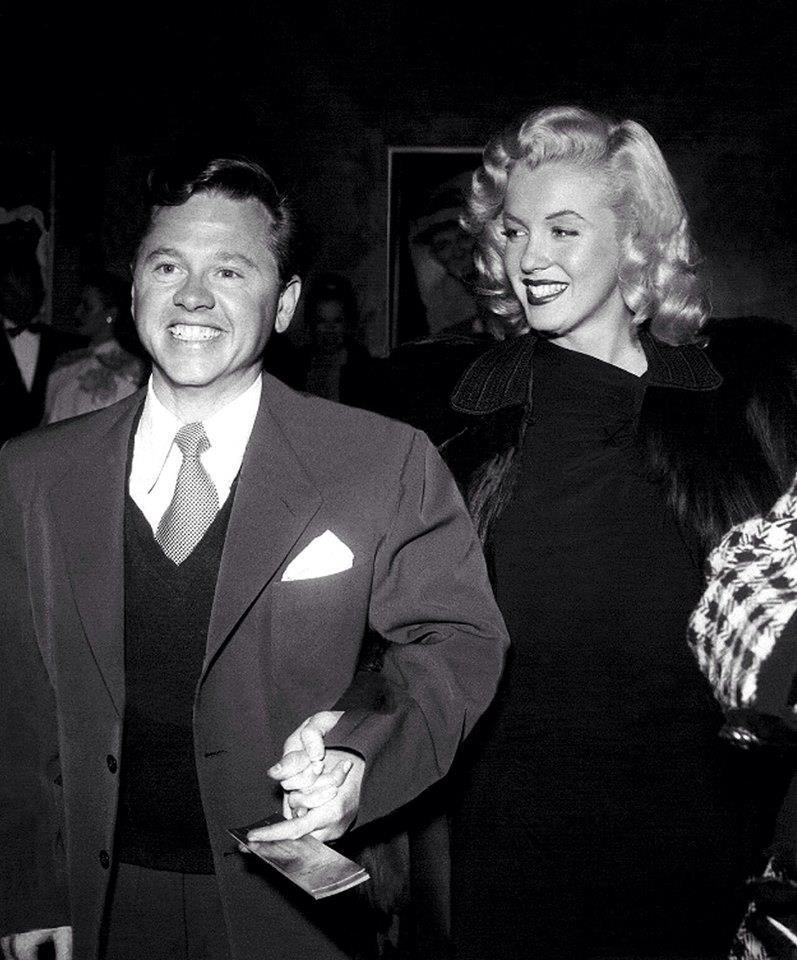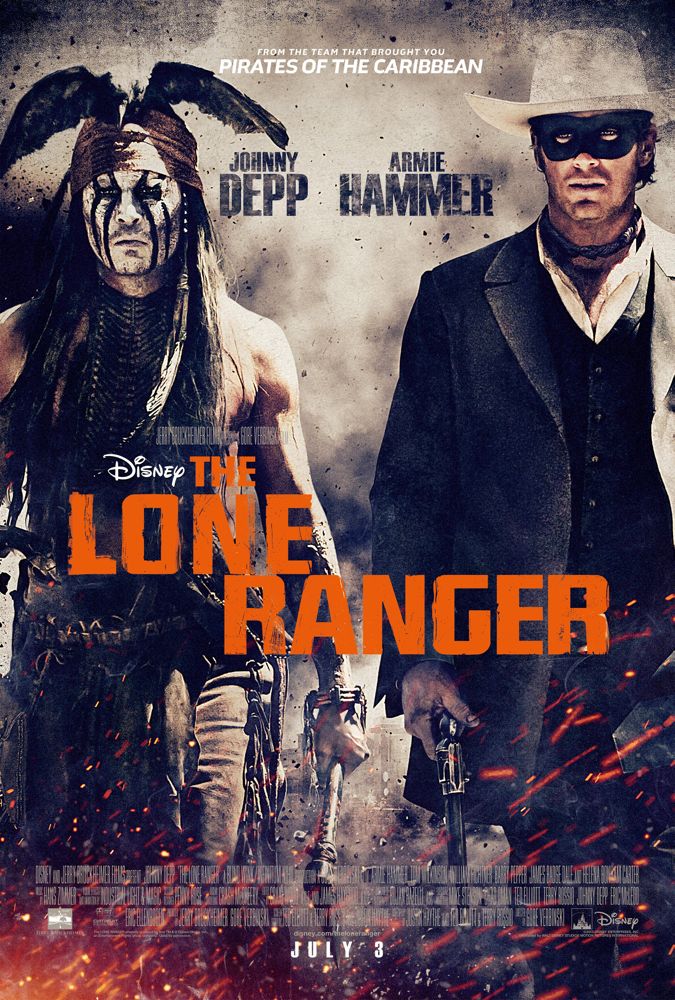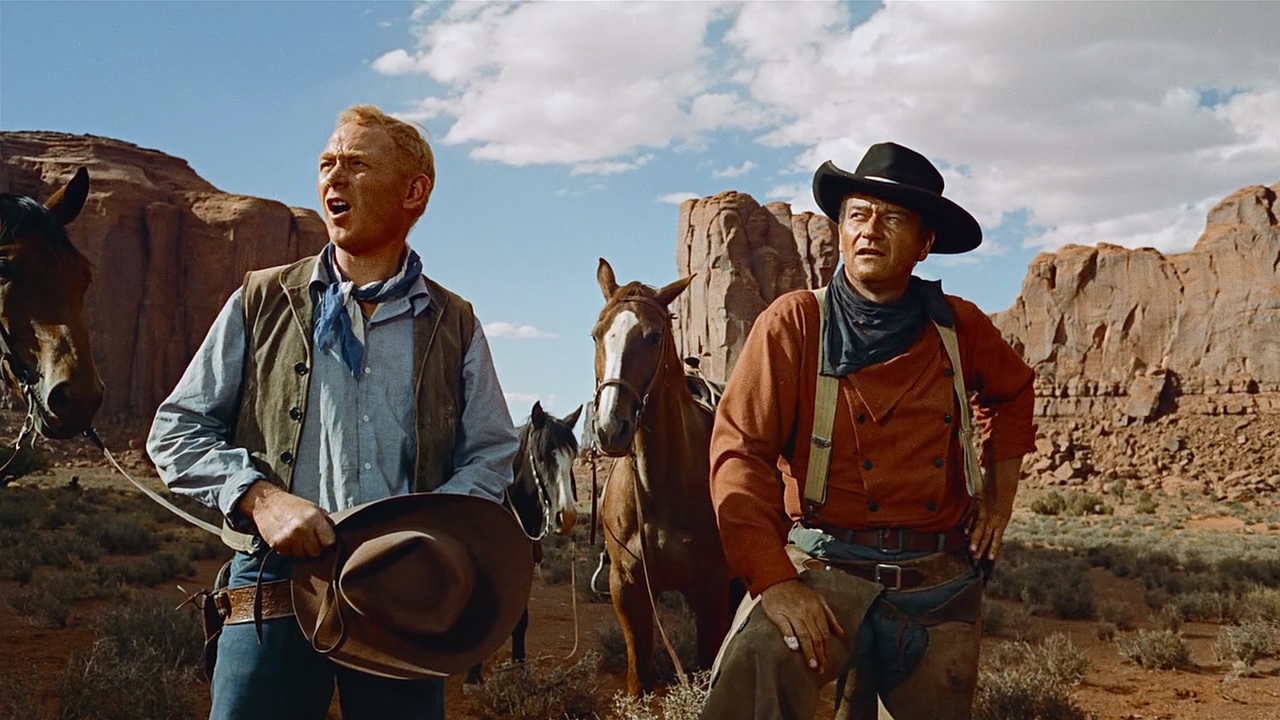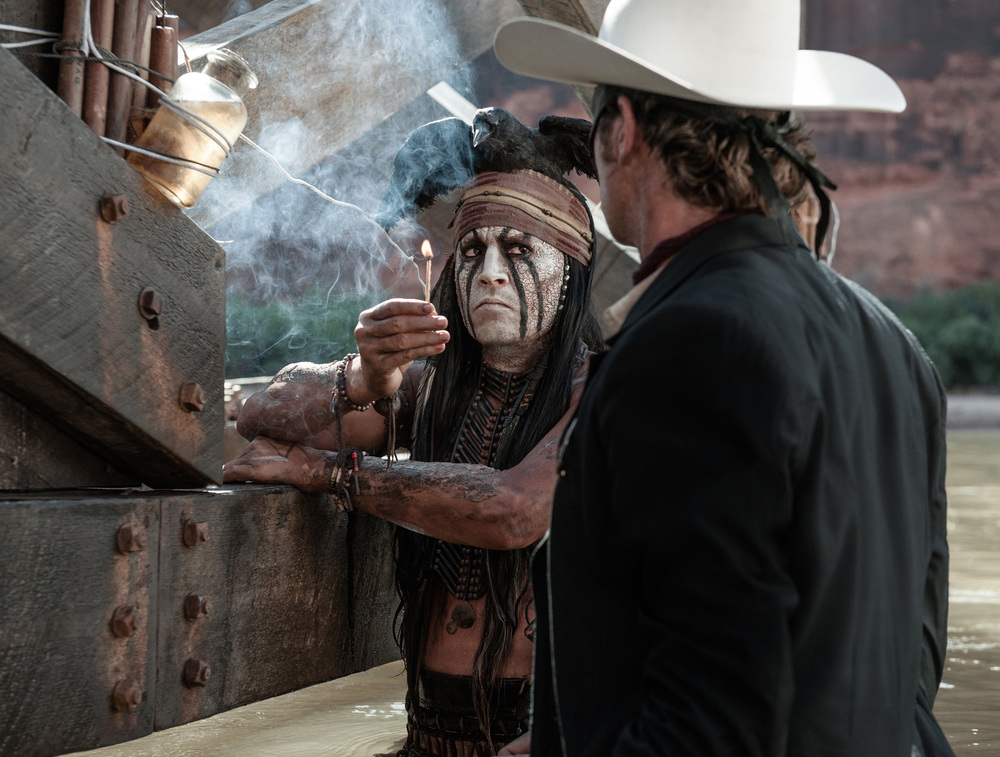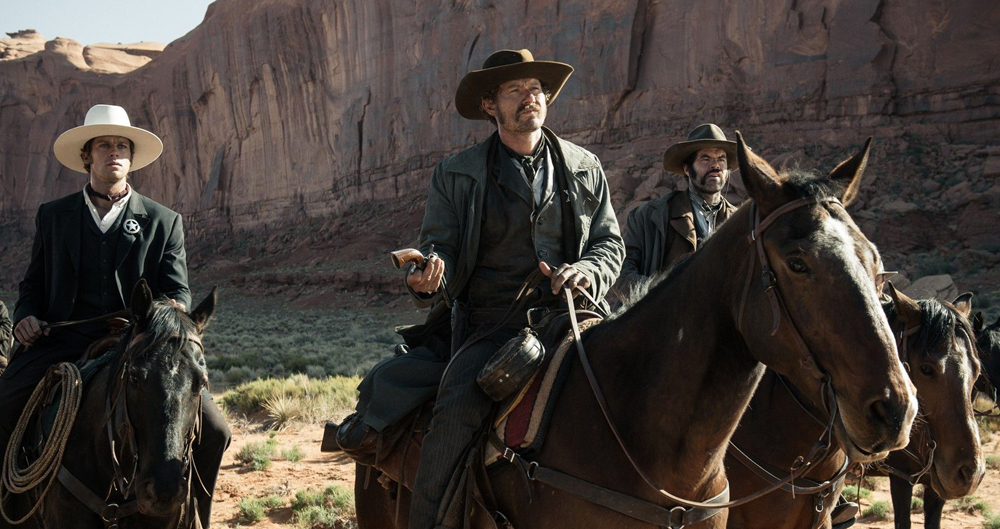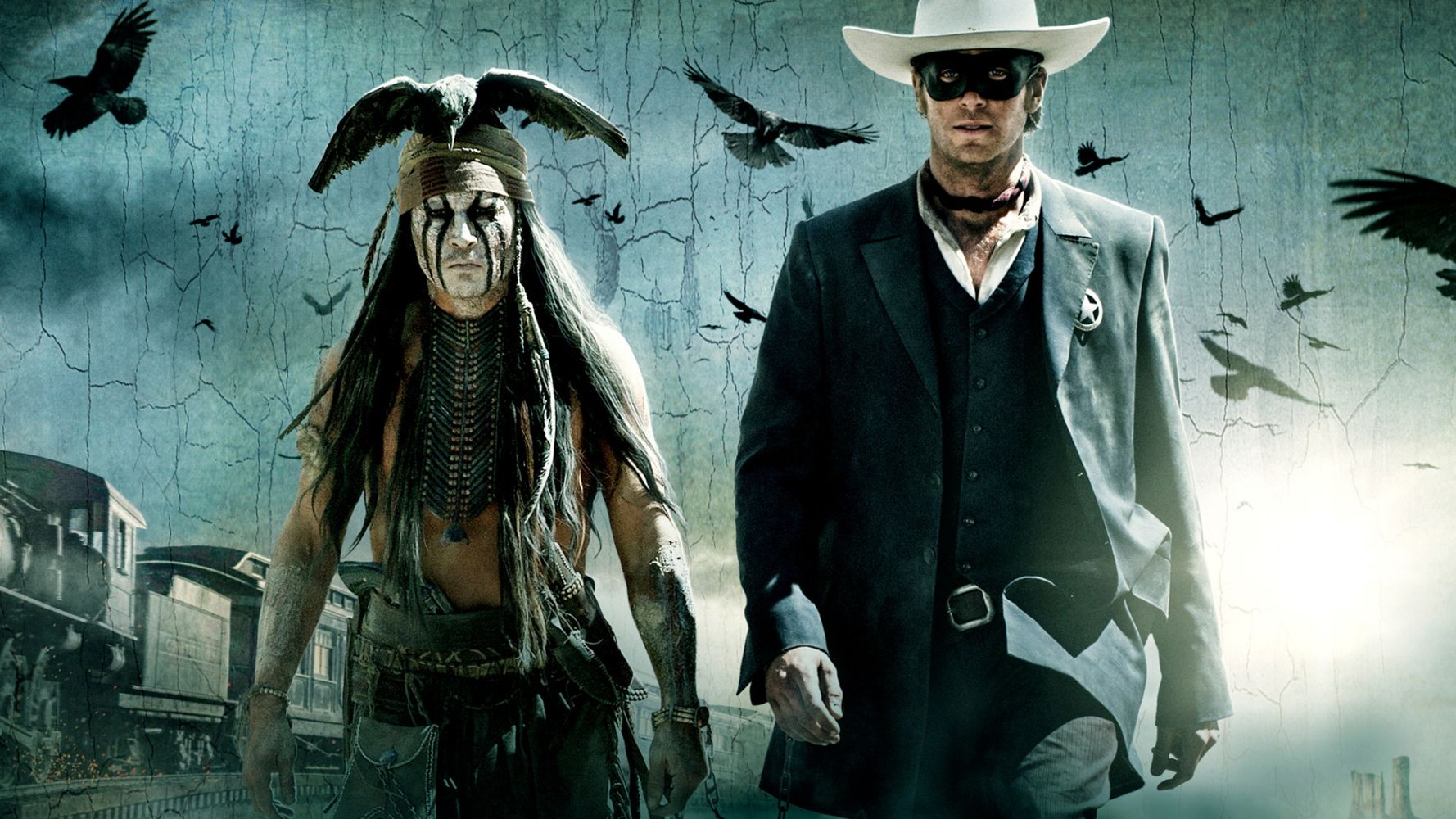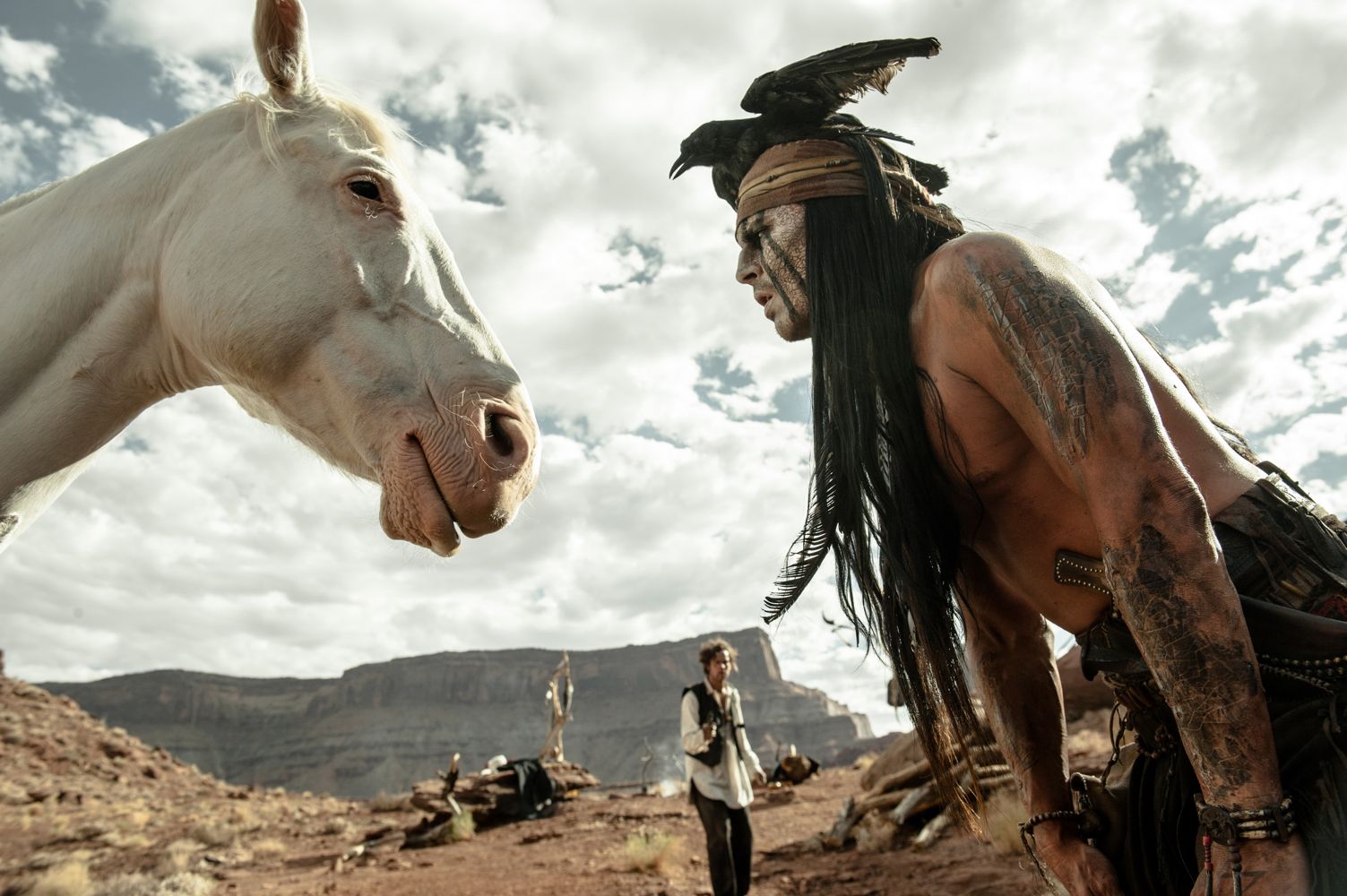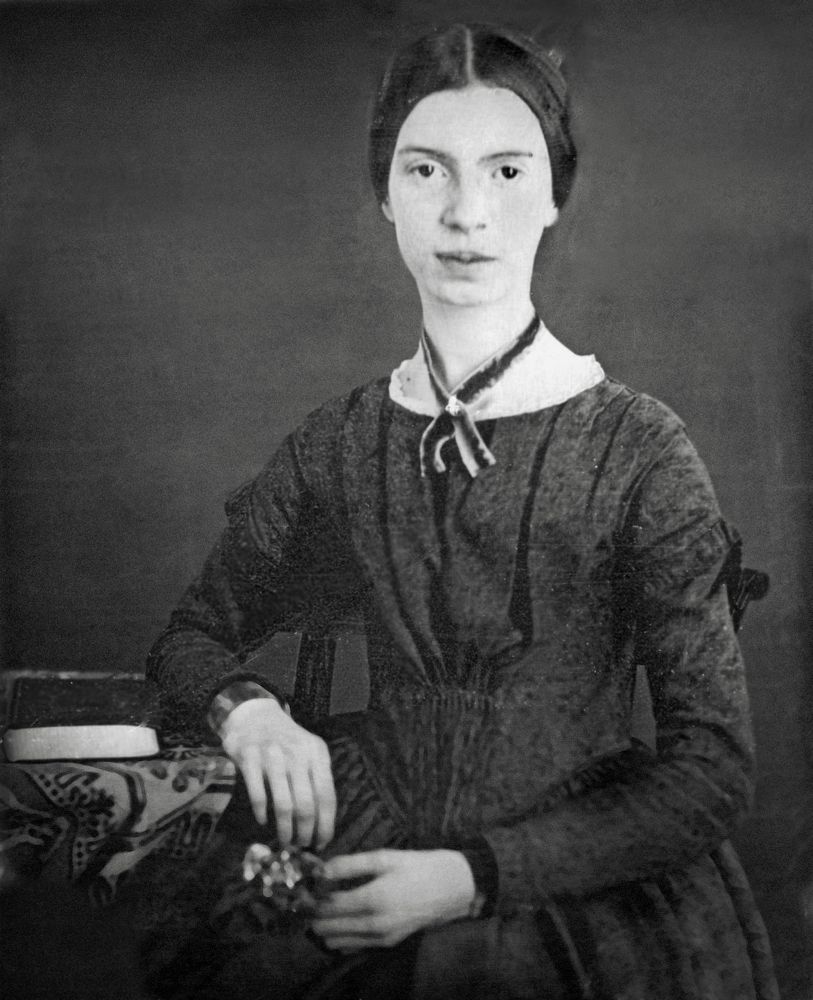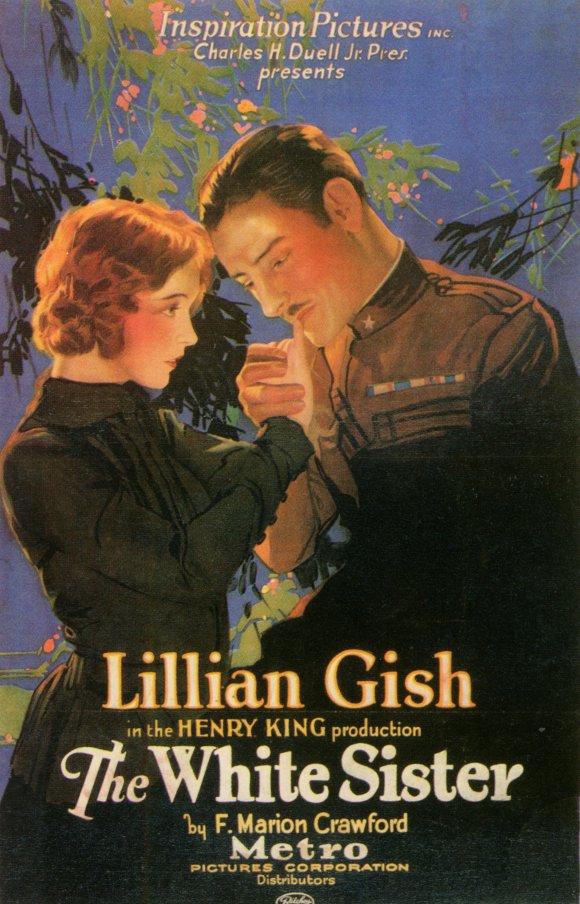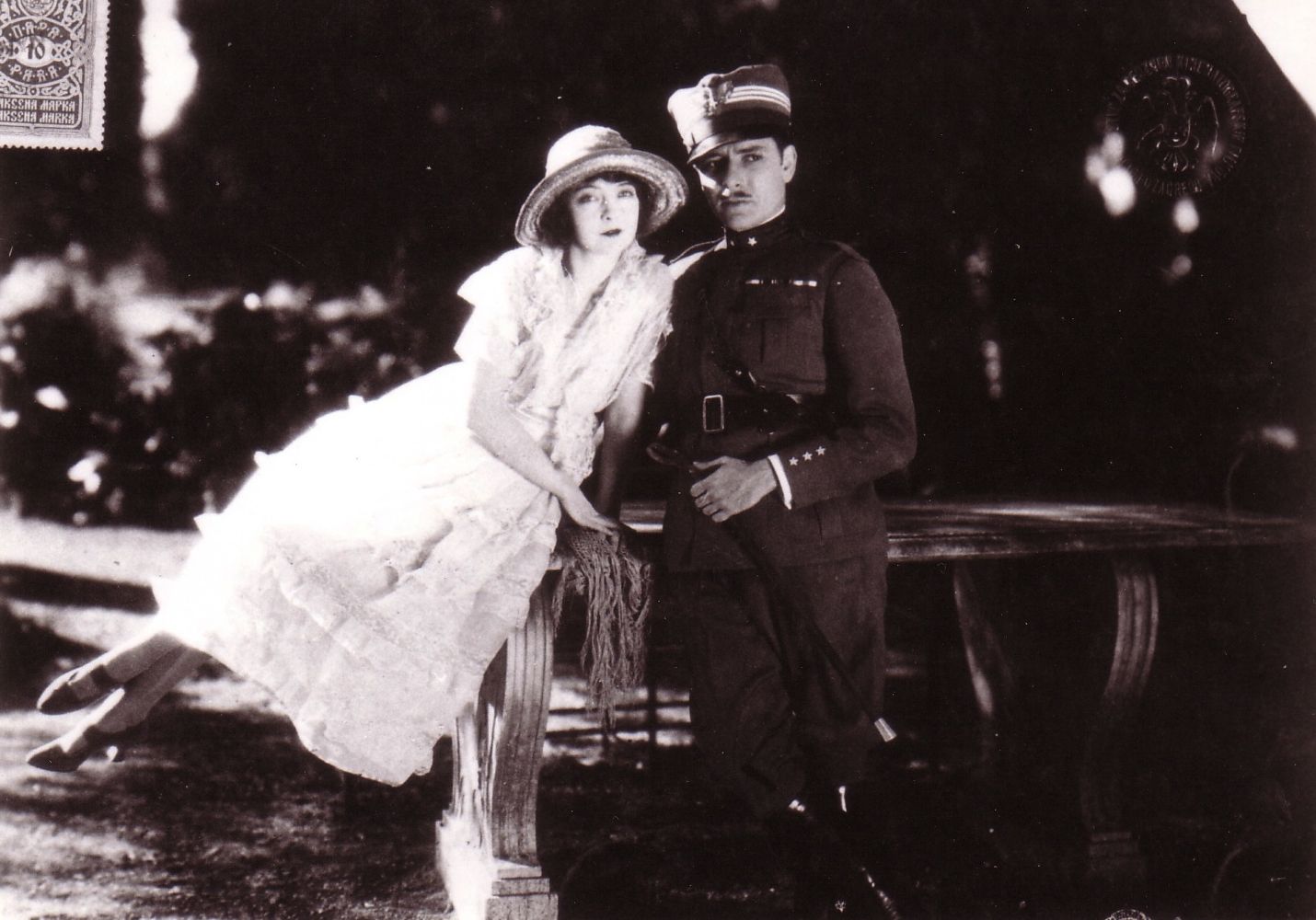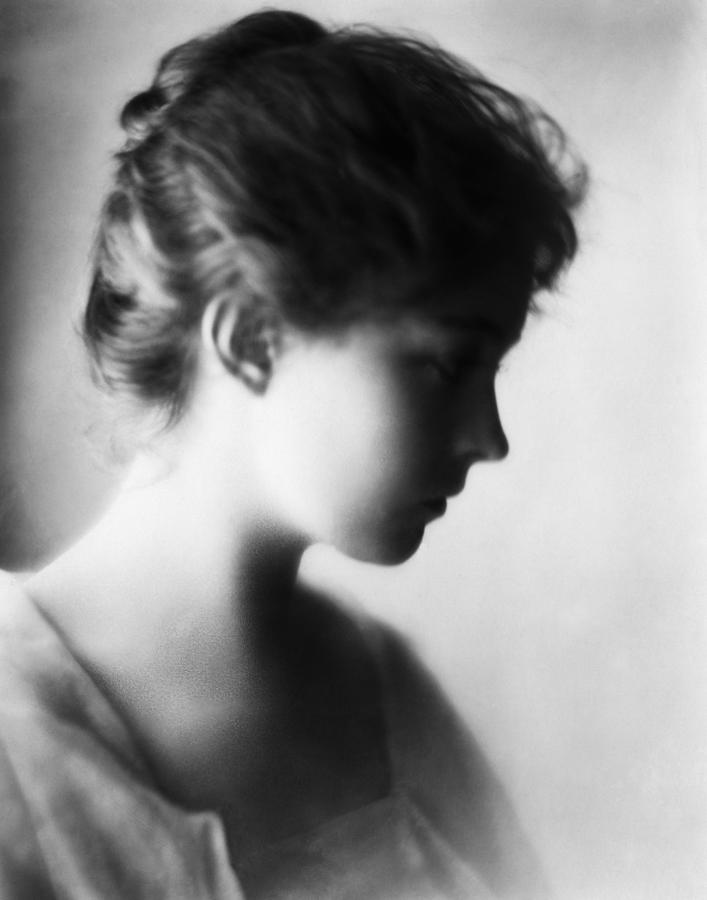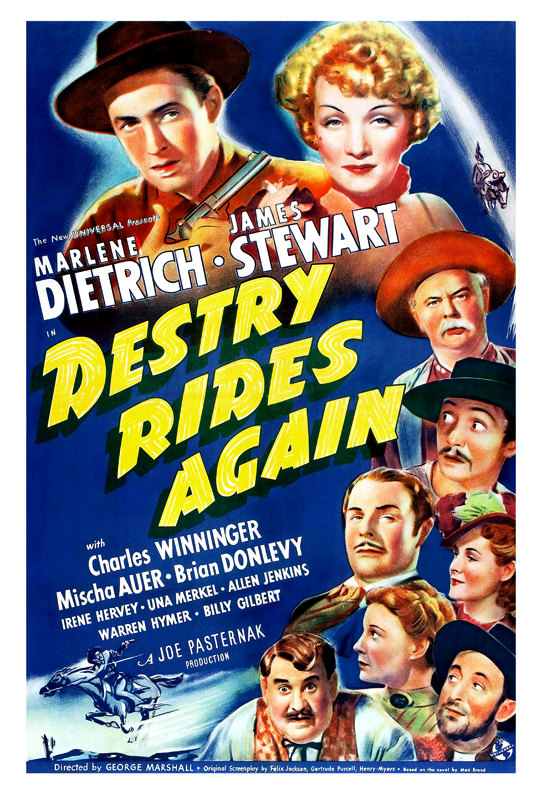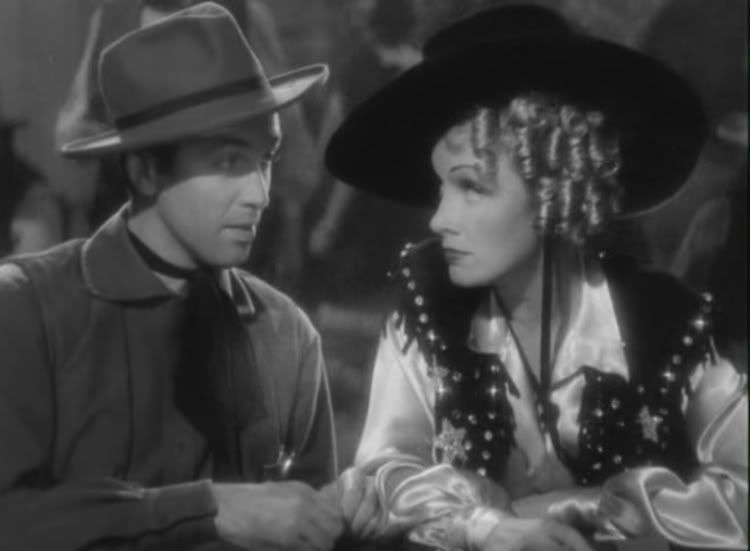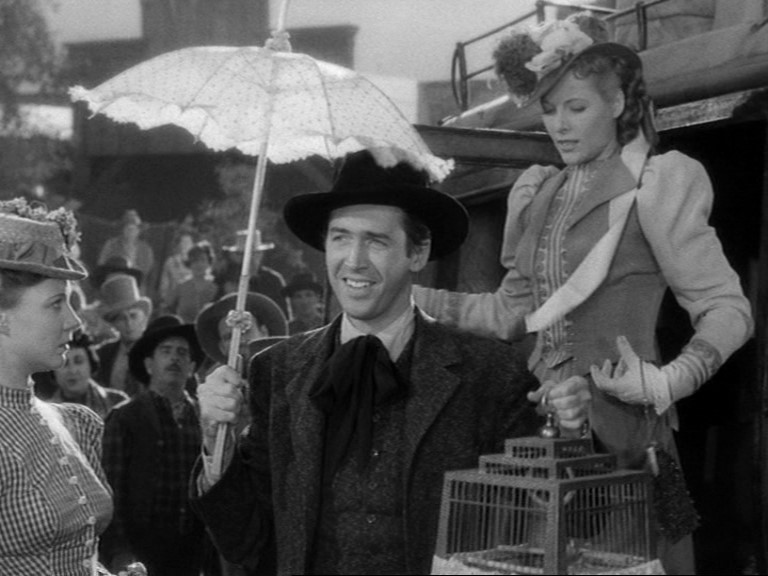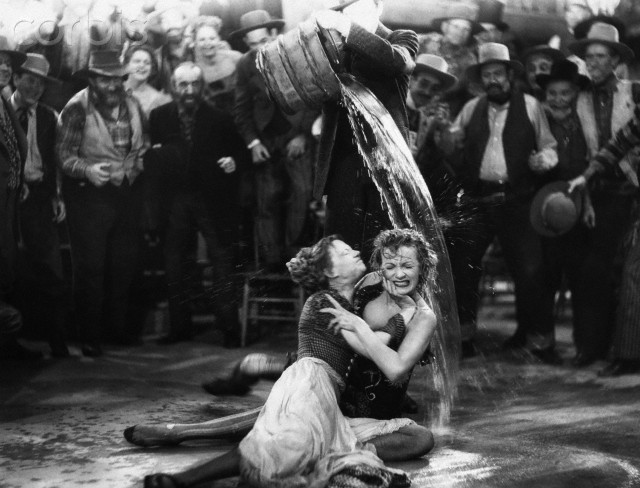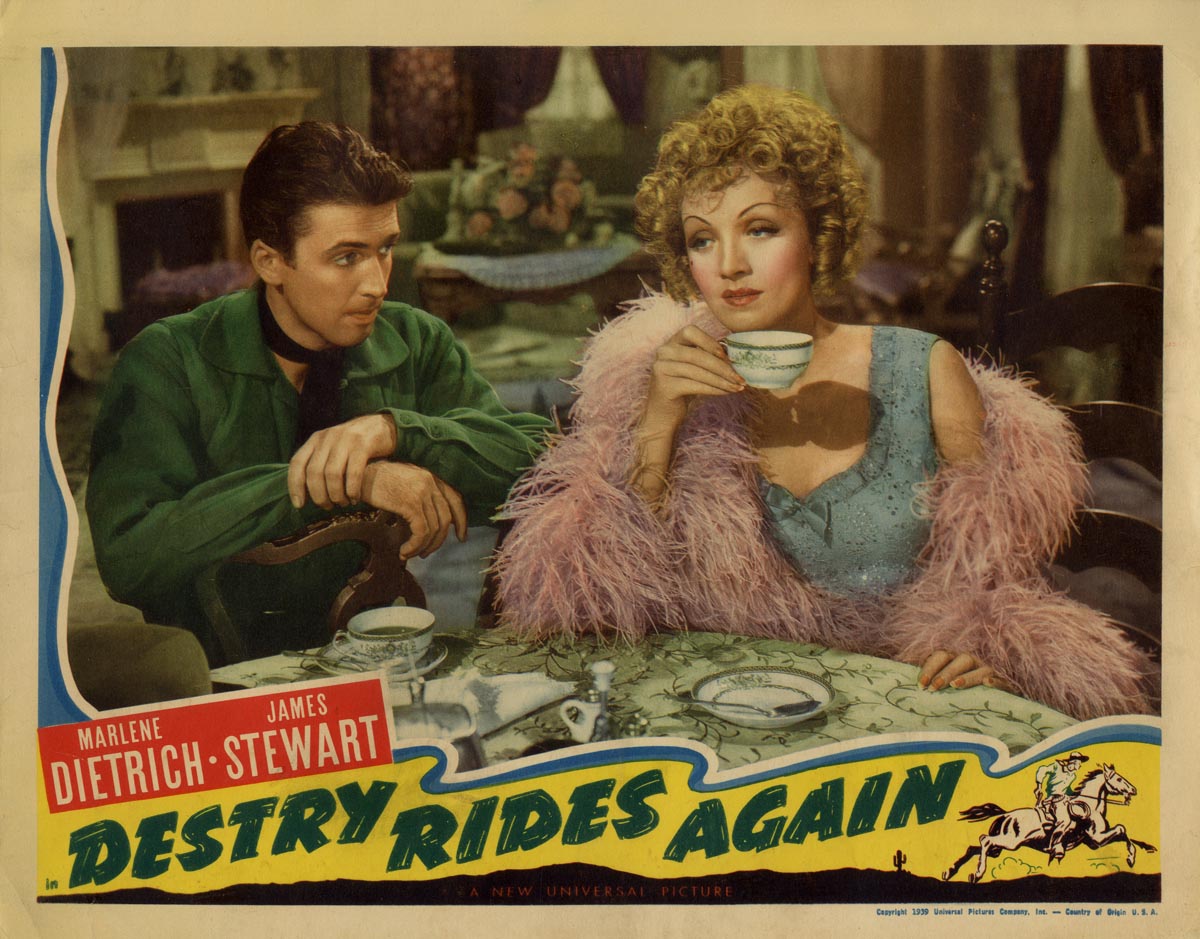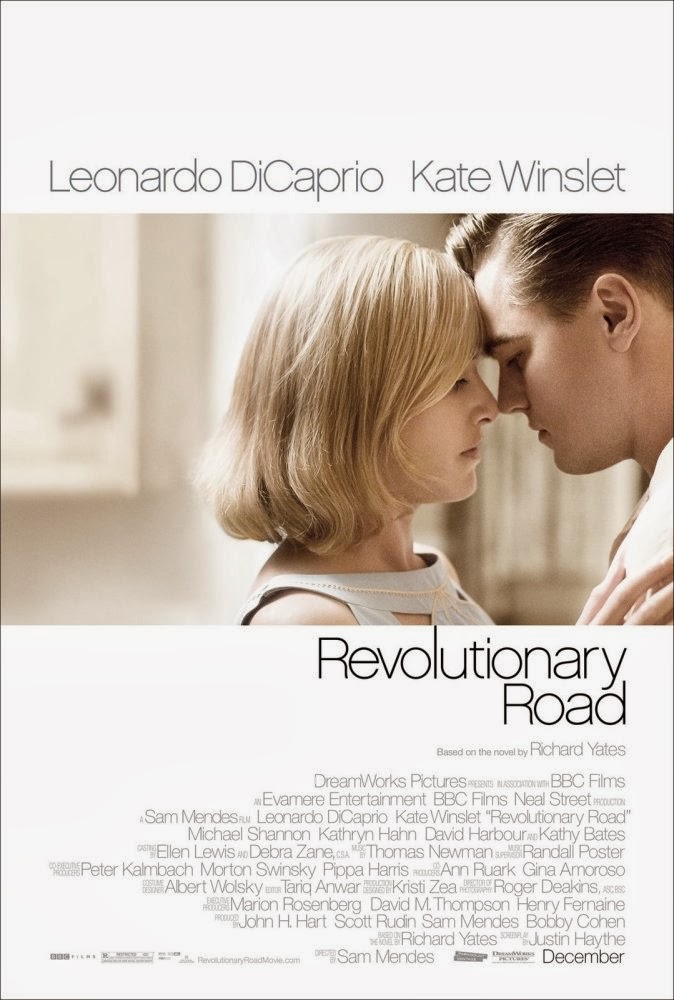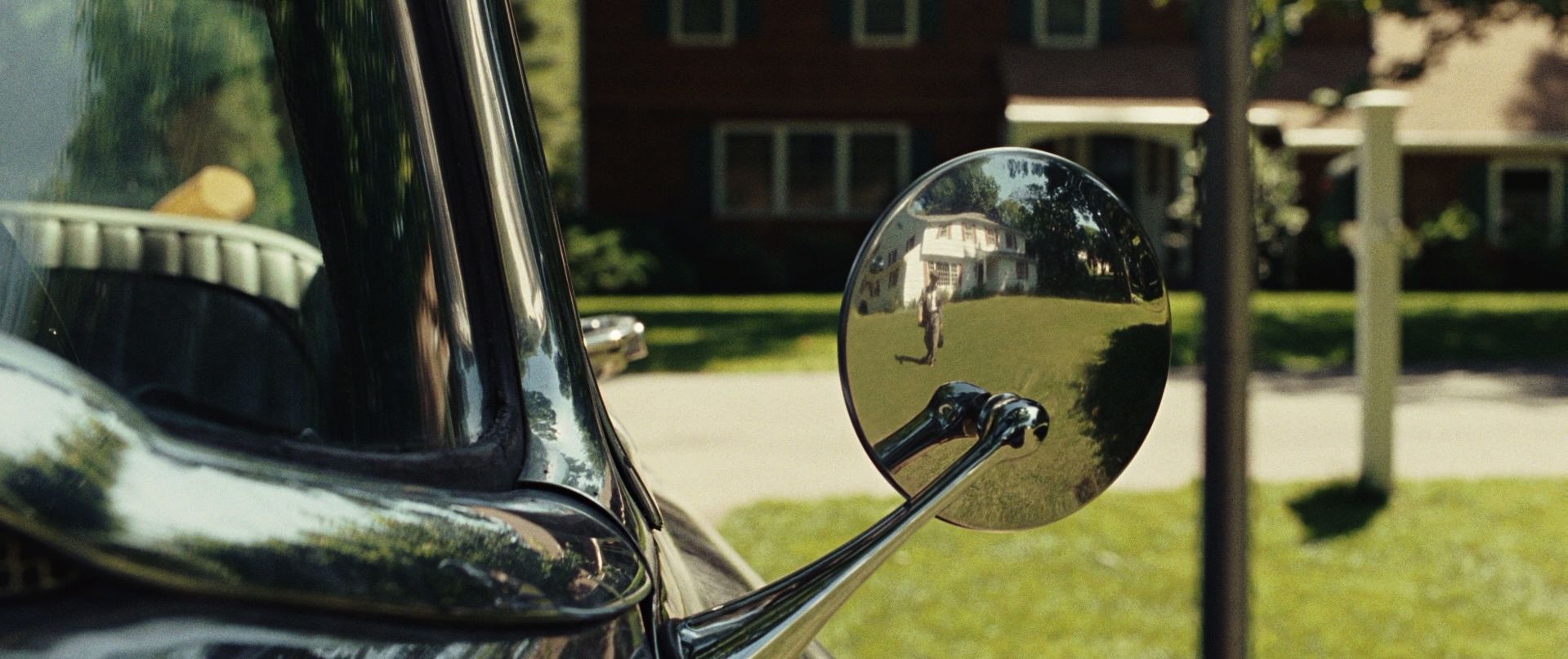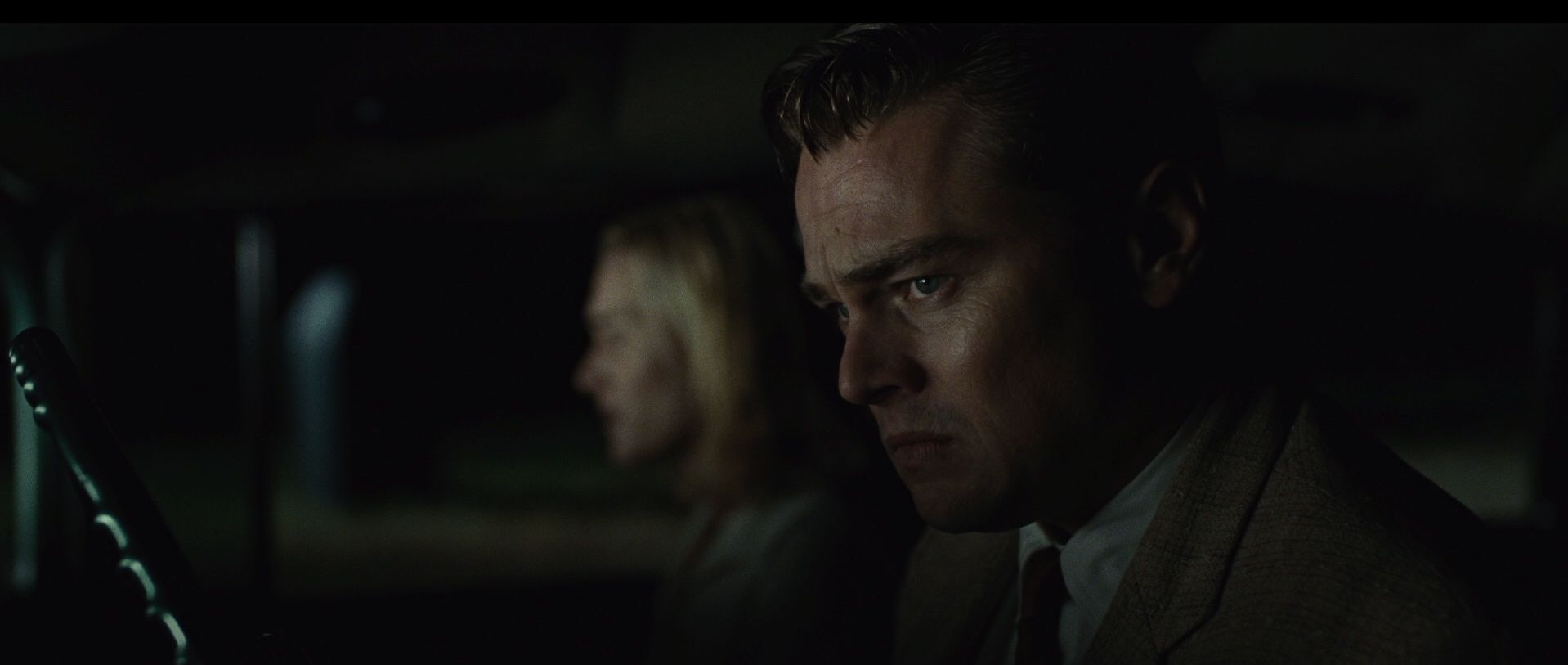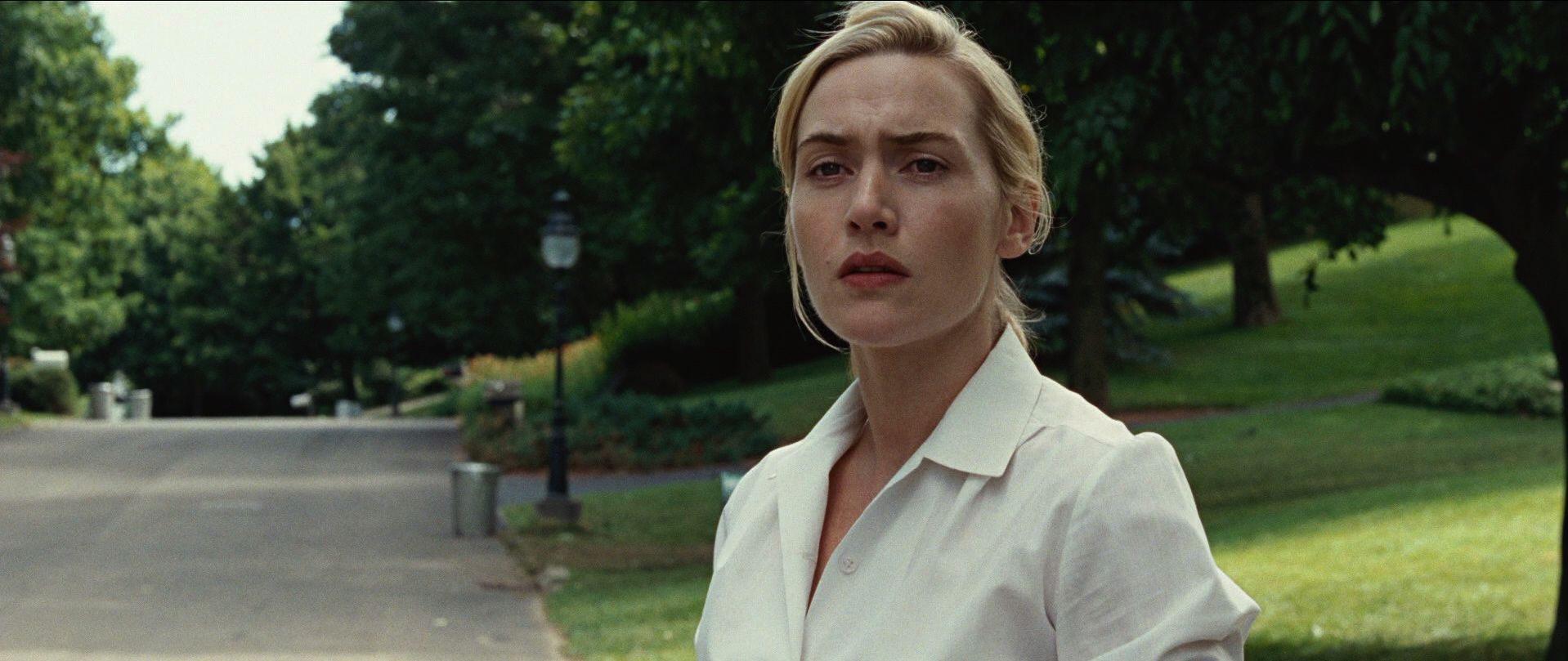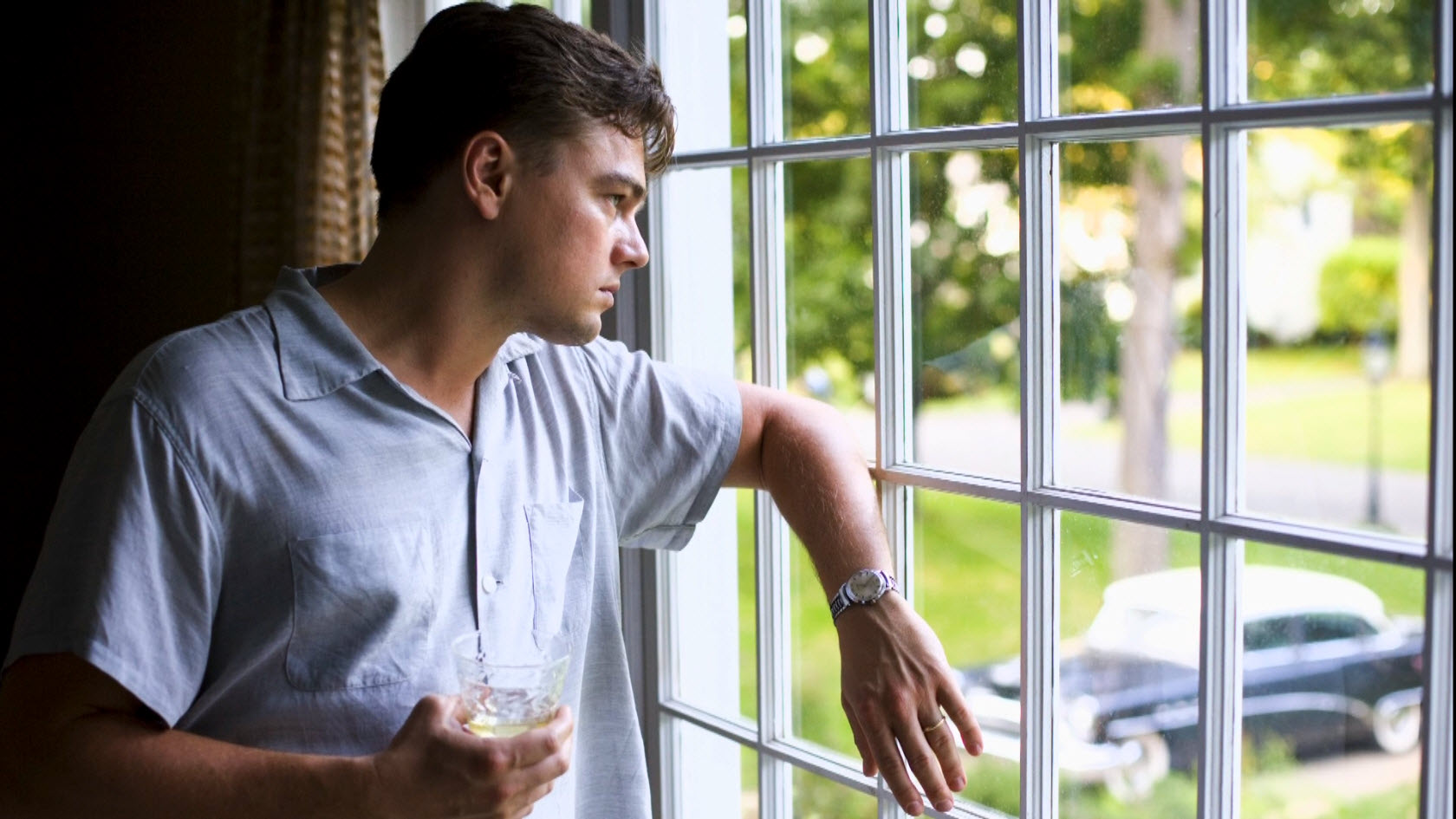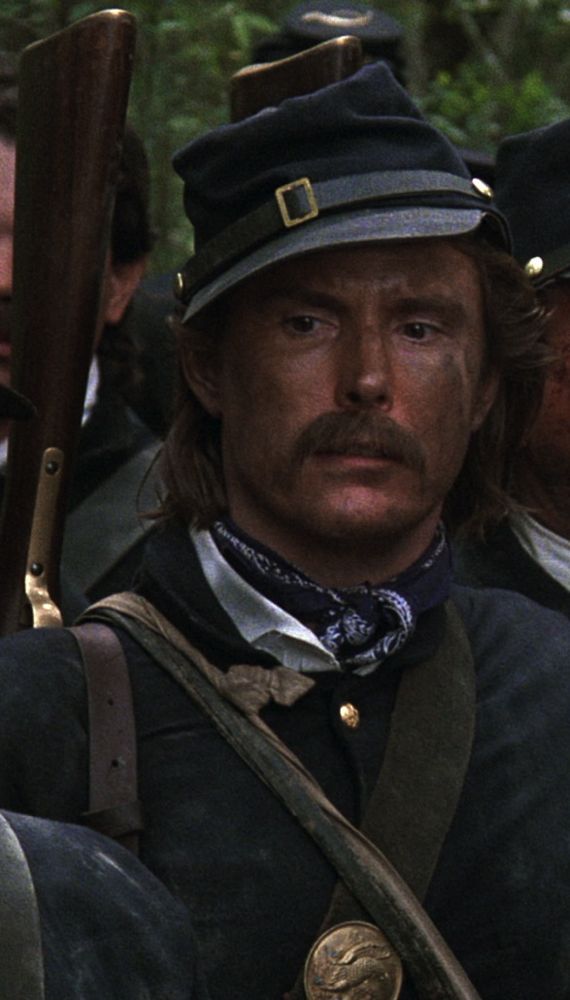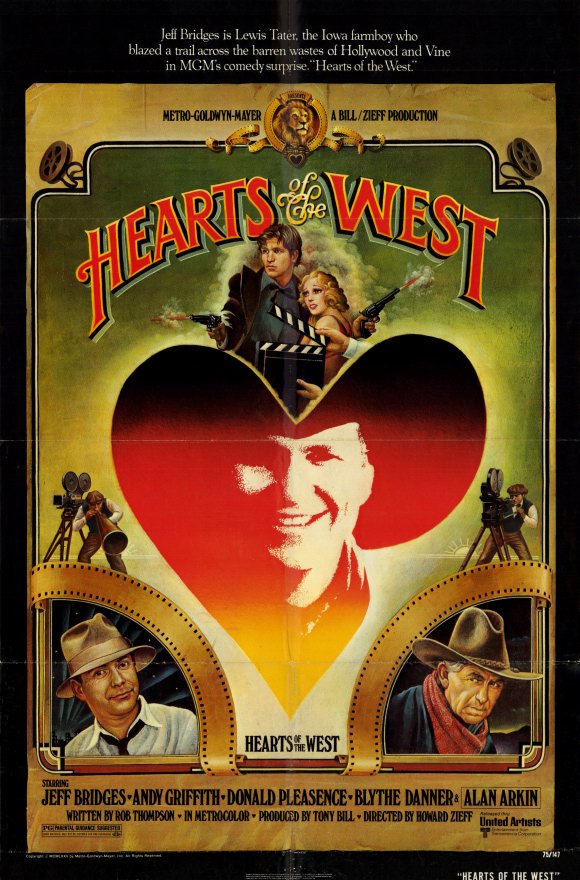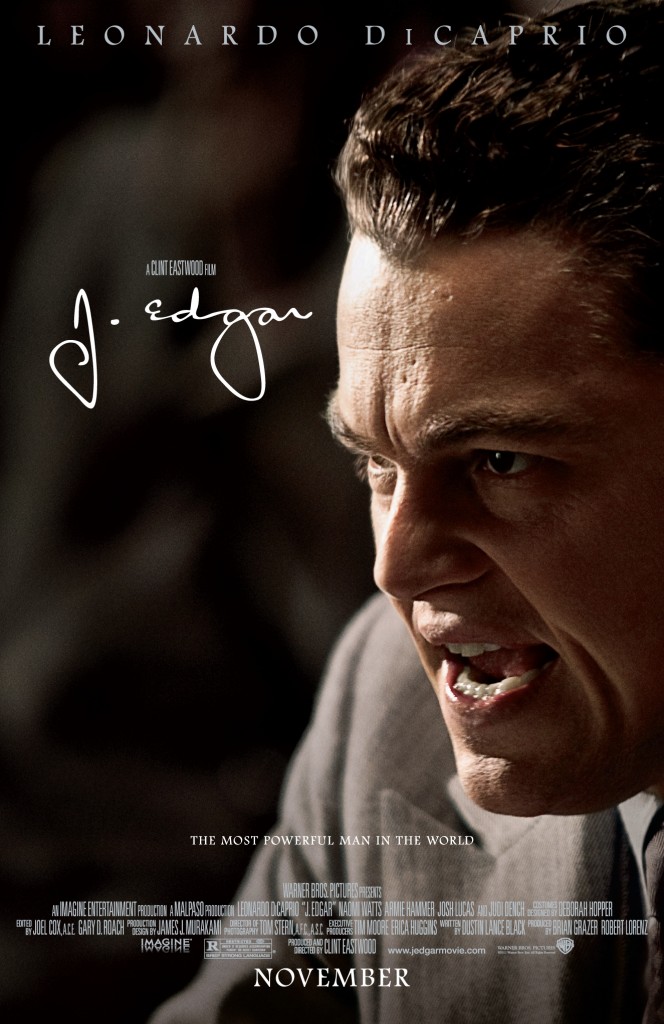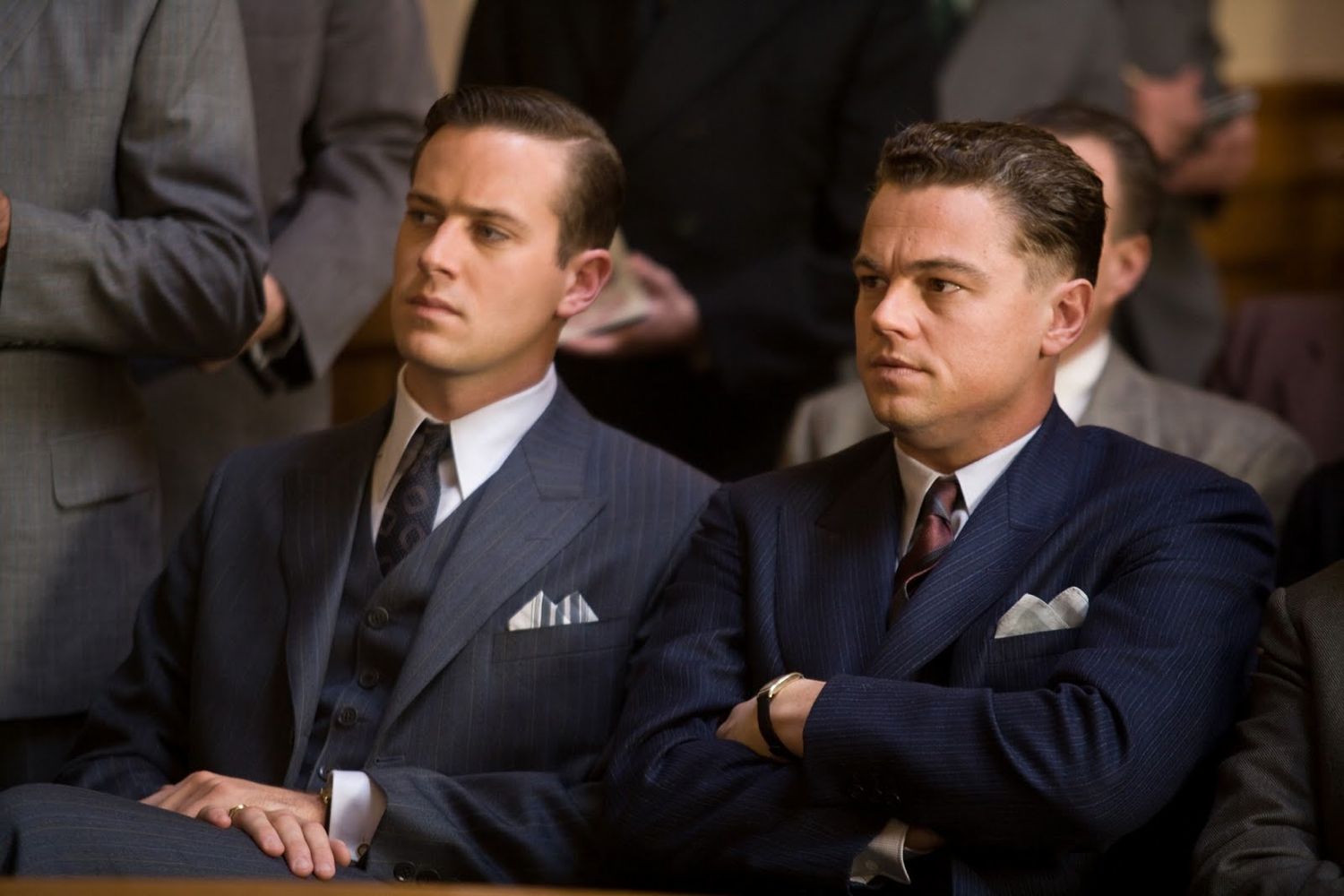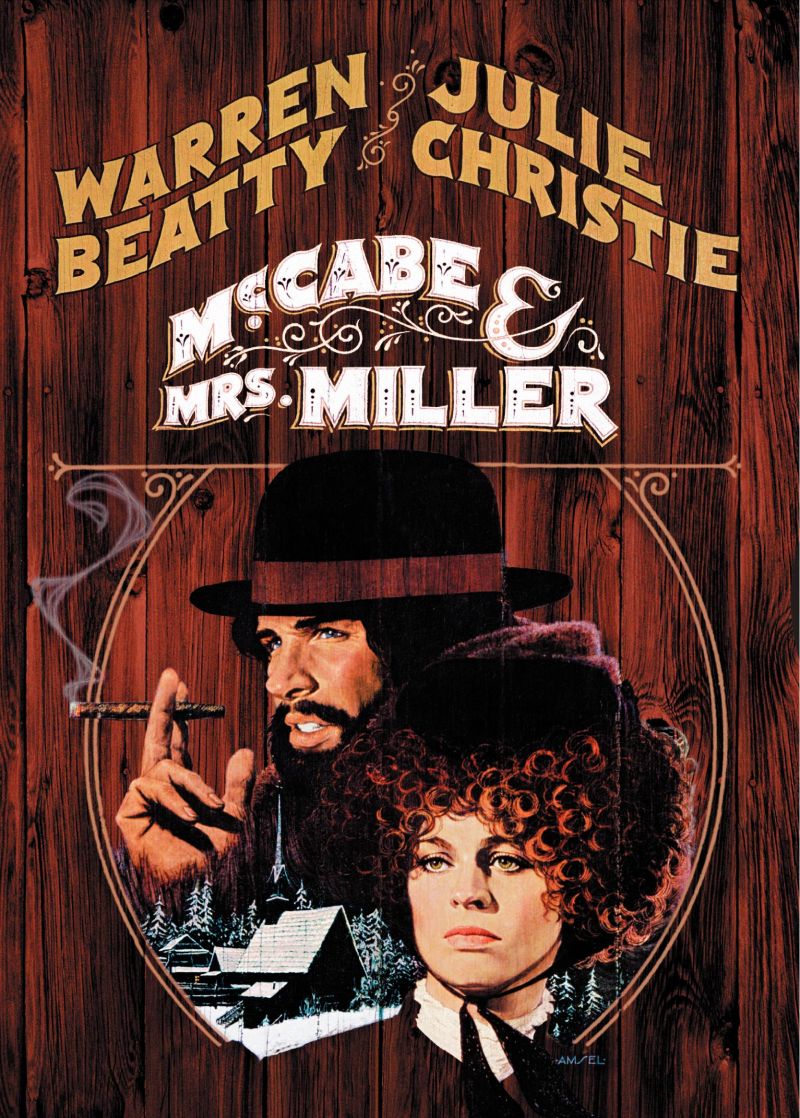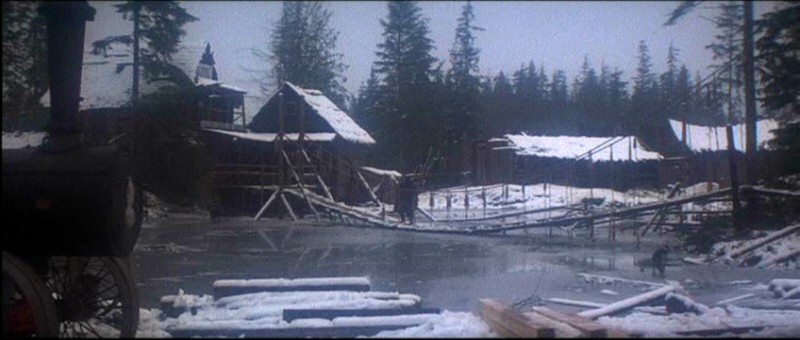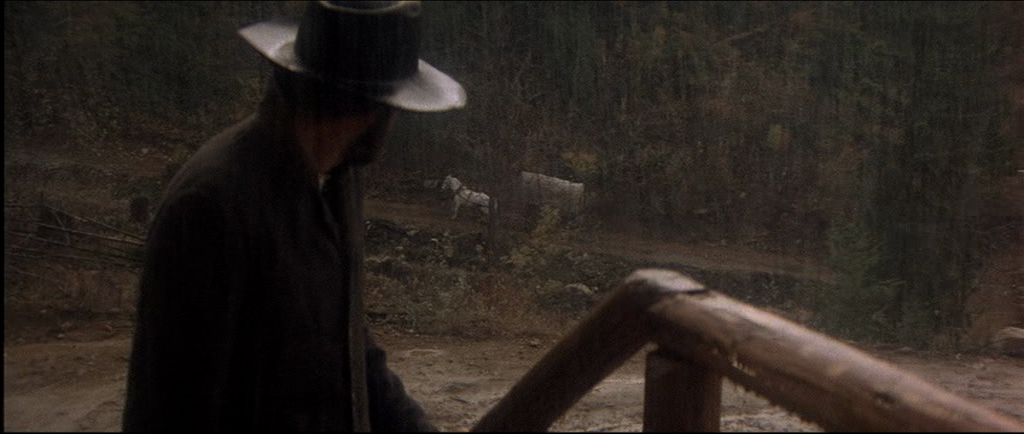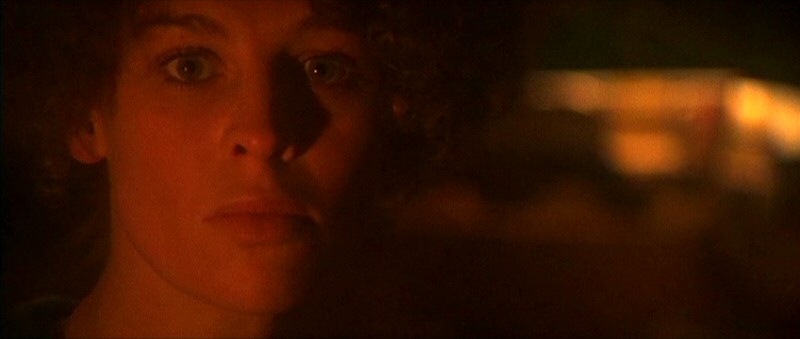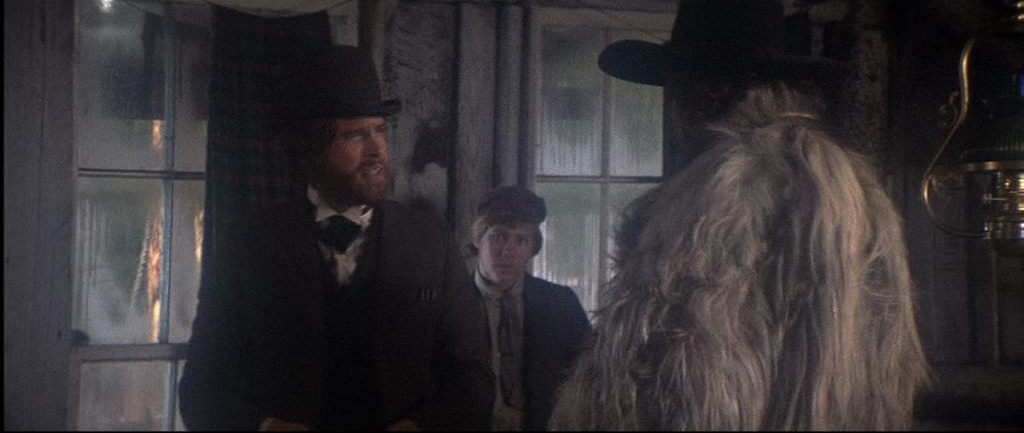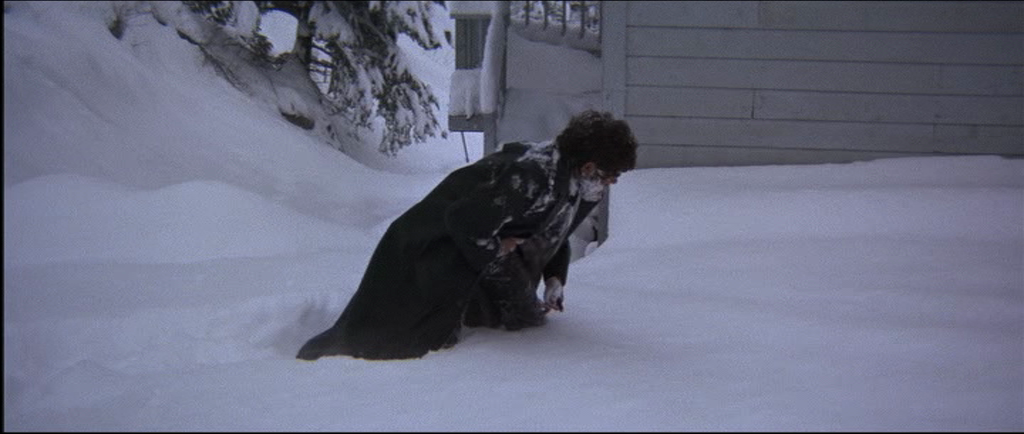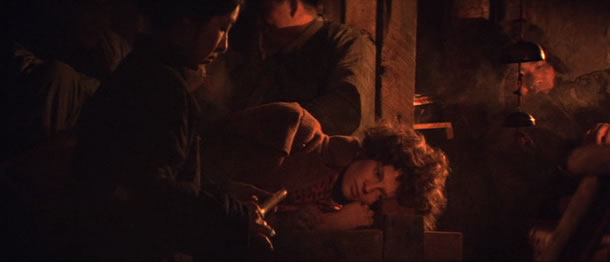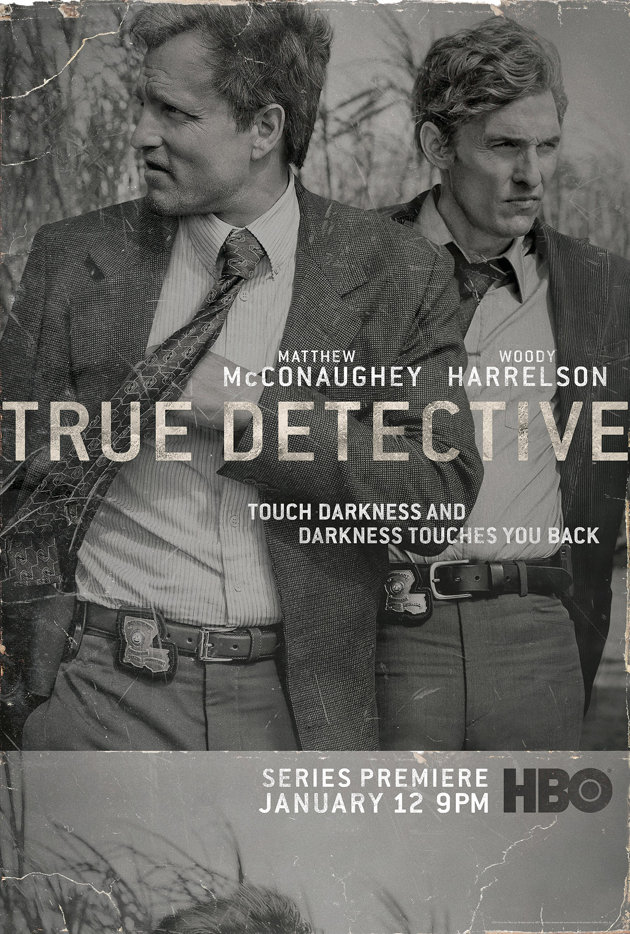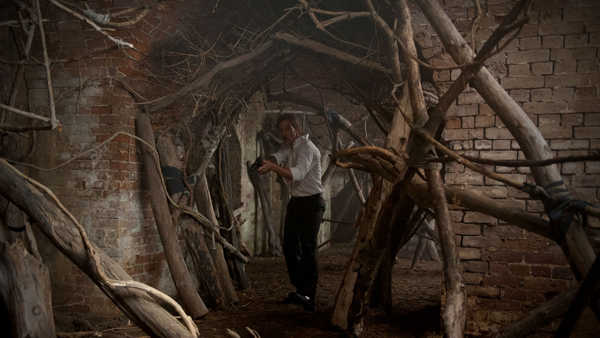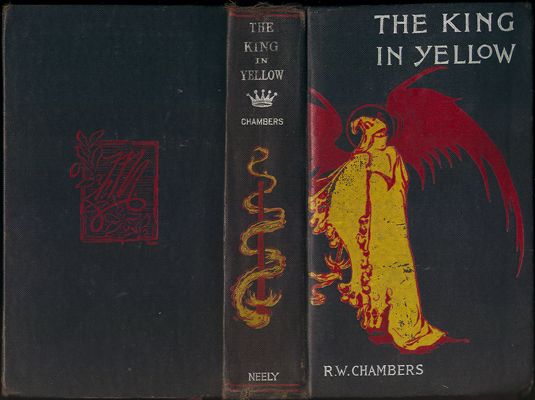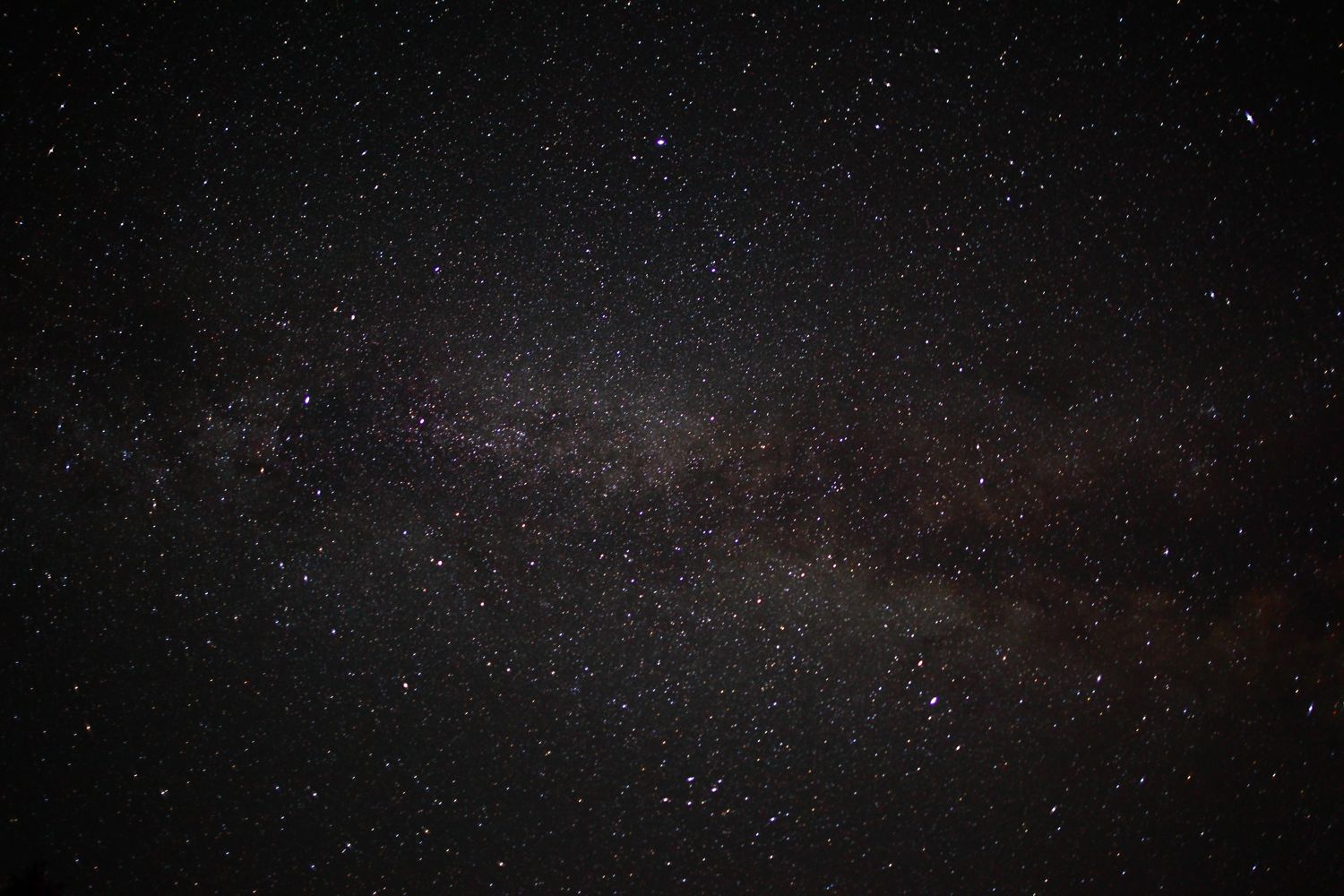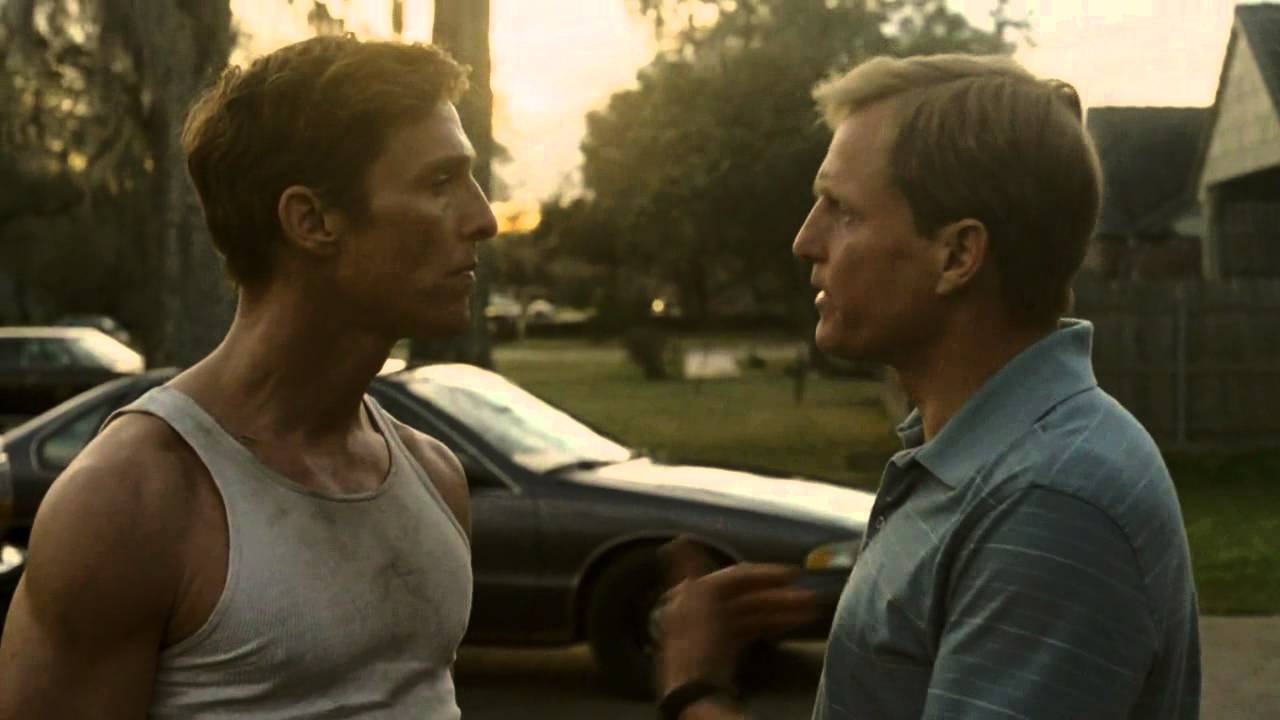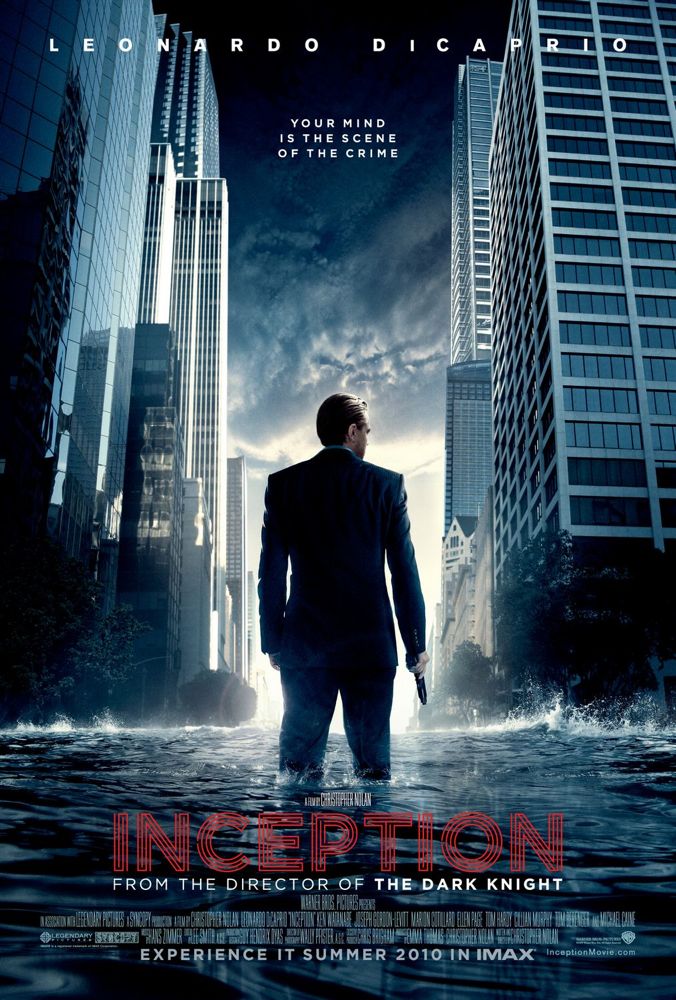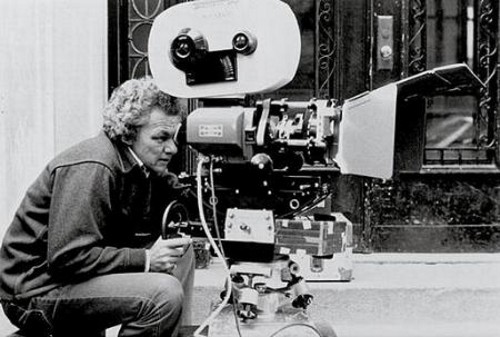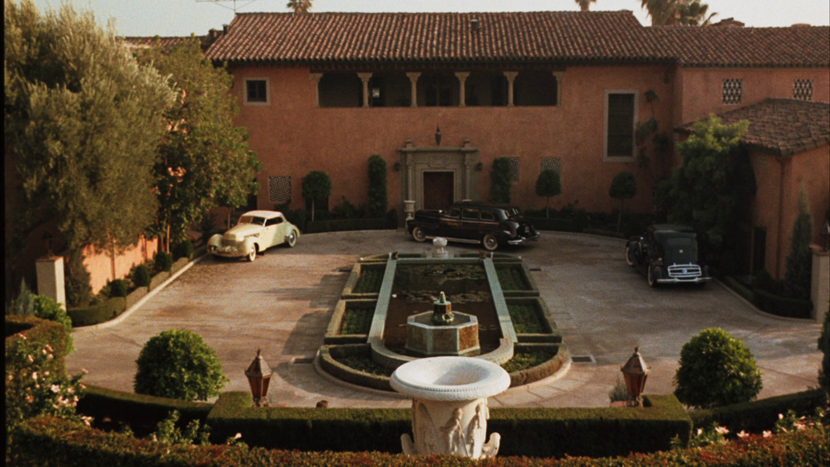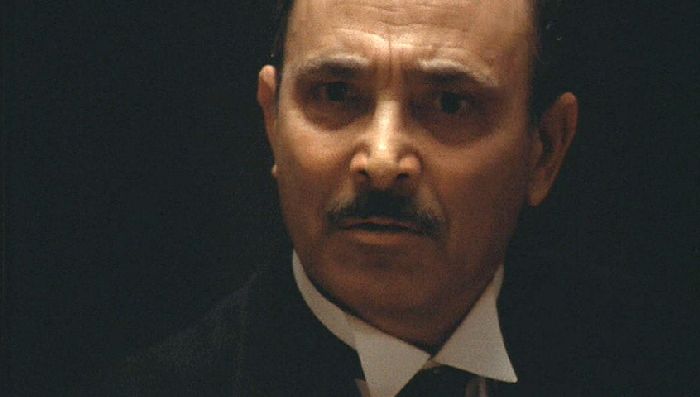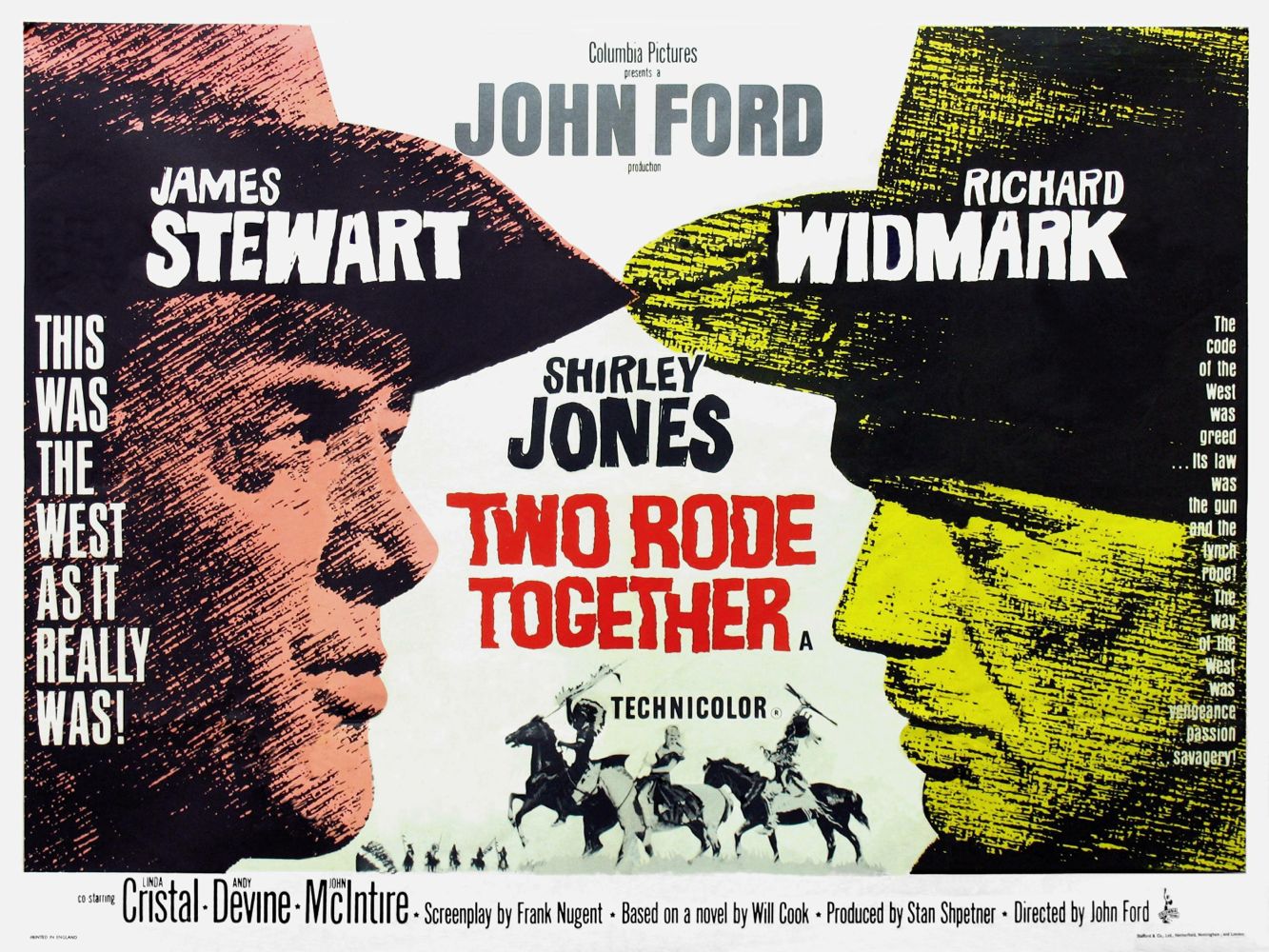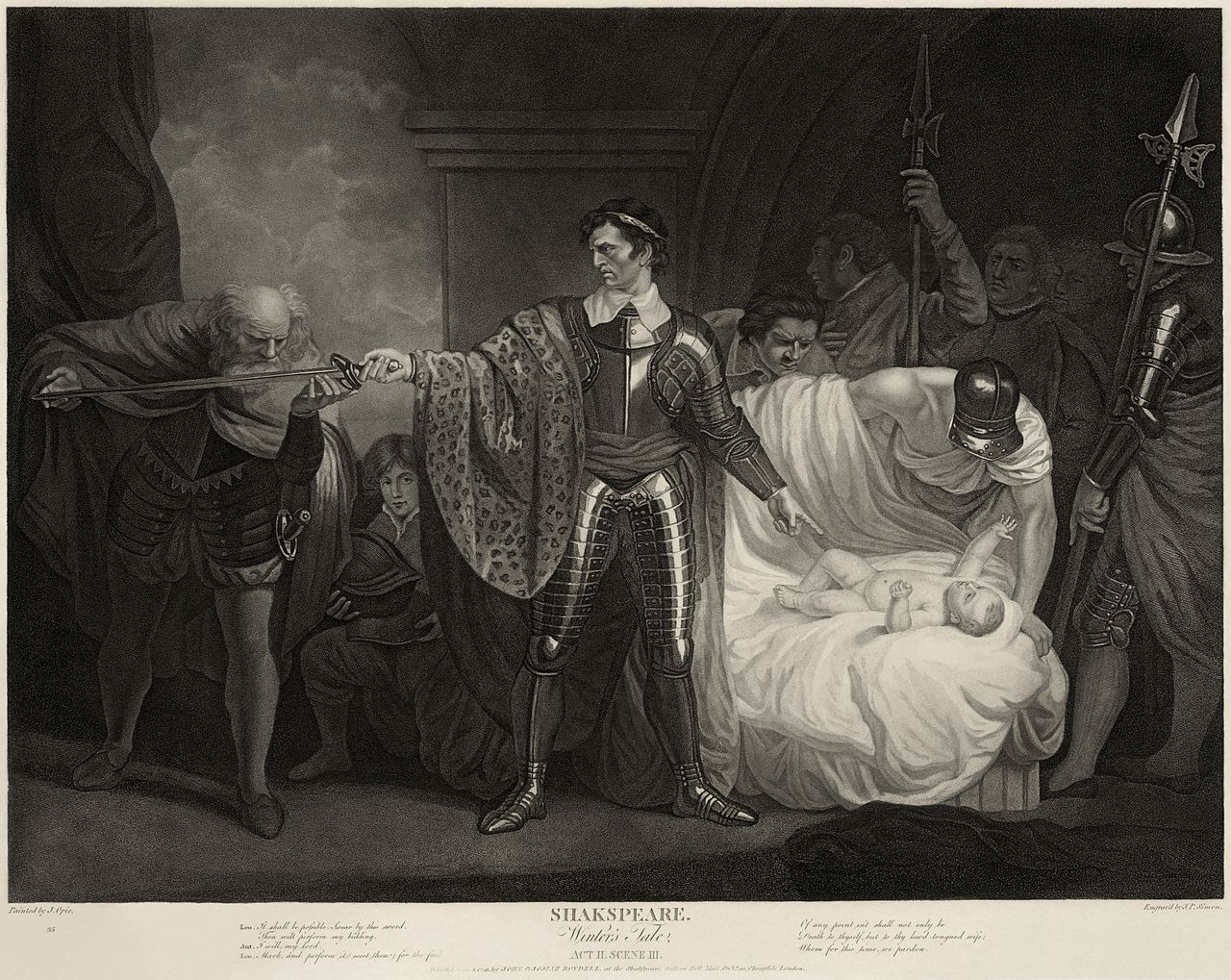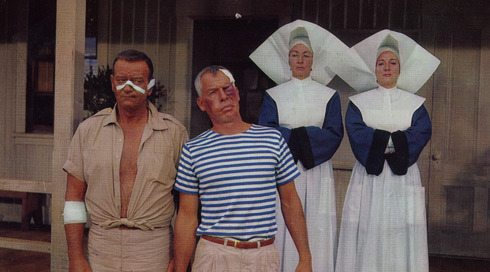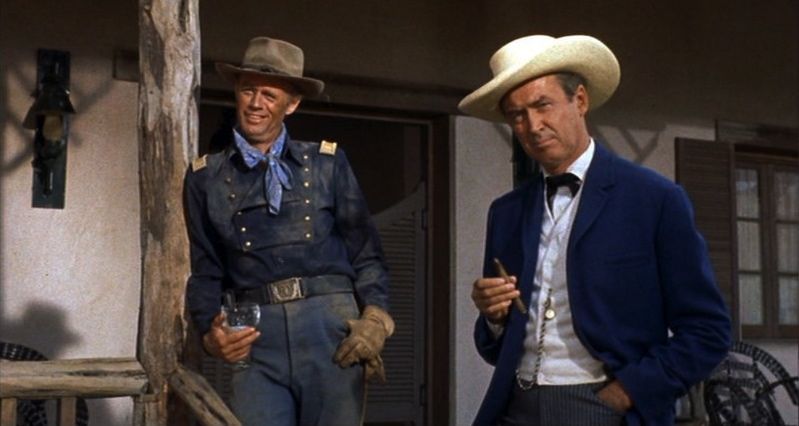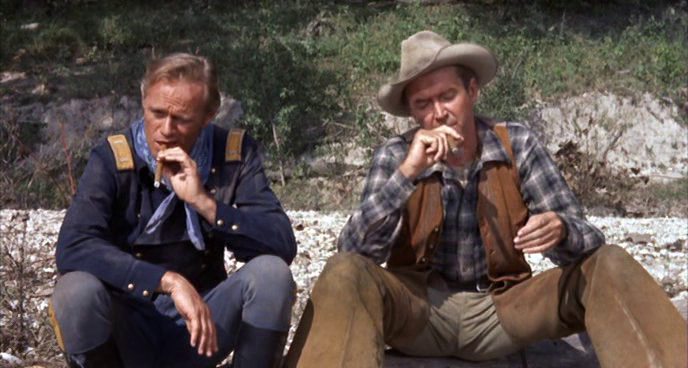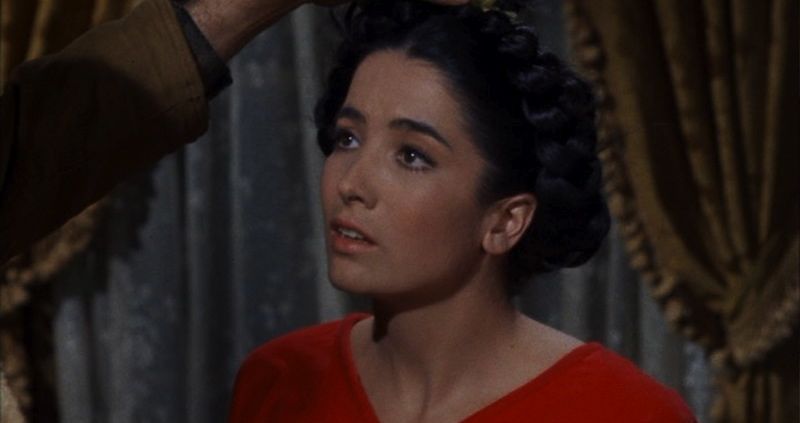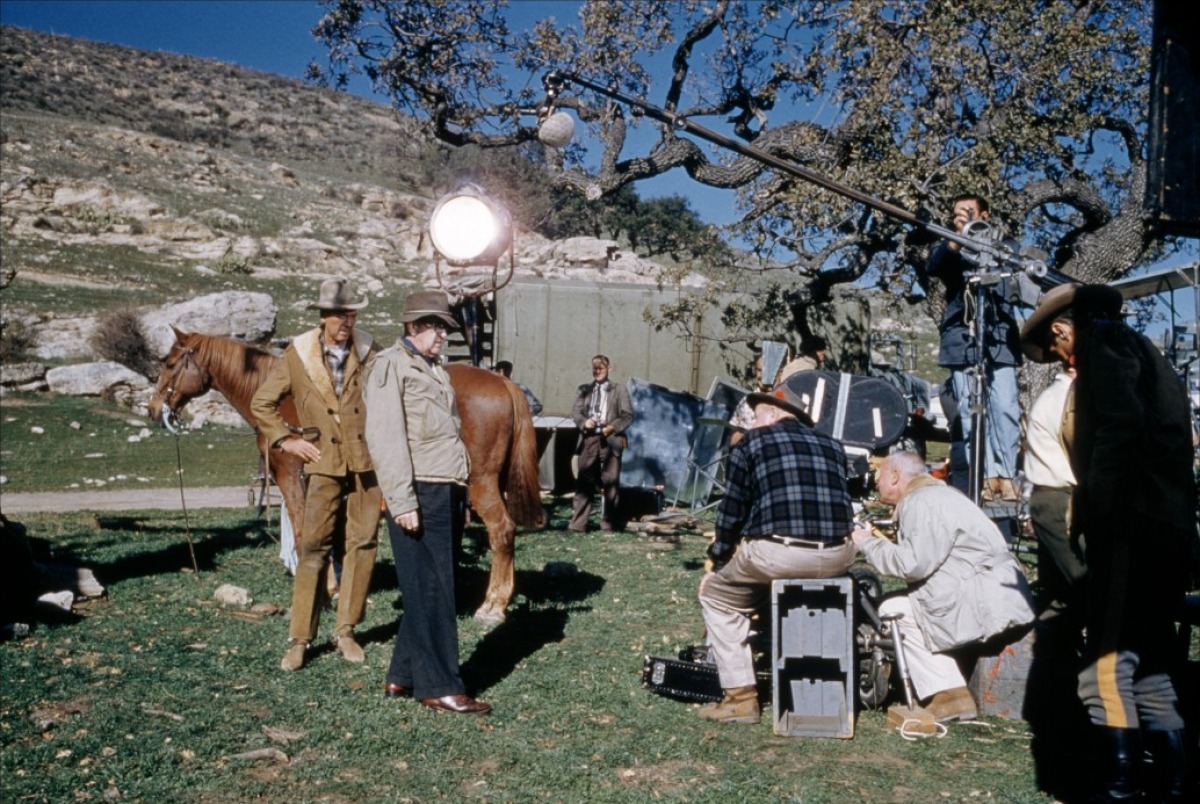Click on the image to enlarge.
Category Archives: Movies
THE LONE RANGER (2013)
Best described by one reviewer as “a film without a constituency”, The Lone Ranger works overtime to alienate any constituency it might have had in theory. Within the first fifteen minutes we are shown The Lone Ranger and Tonto robbing a bank, and the man behind The Lone Ranger’s mask is established as irreligious. Ha, ha! The filmmakers want us to know right off that this is not going to be “your grandpa’s type of Western” — which is, of course, the only kind of Western anybody wants to see.
We still long for the moral values, for the heroic role models, that Westerns once supplied, and whenever a modern Western mocks those things, it flops at the box office — just as The Lone Ranger flopped. (The film lost approximately $150 million dollars overall for Walt Disney Pictures.)
You can make a funny Western, a Western that pokes fun at Western clichés, without being cynical about the tradition, but being cynical about the tradition is the mark of hipness for a modern Western. The only people who find this sort of cynicism amusing are the Hollywood hipsters who make such films.
There are some funny things in the film. There are some beautiful shots that reference classic Westerns like The Searchers. There are some thrilling action sequences — or action sequences that would be thrilling if they didn’t rely so obviously on CGI. Directors with big budgets just never know where to stop with the CGI stuff — it’s like a drug. Watching a man sit a horse well as he rides through beautiful country is always exciting, cinematically. Watching a man sit a horse indifferently as he rides in front of a green screen is just not the same.
The people who made this movie made the delightful Pirates Of the Caribbean, which is also a goof on an old movie genre. The Lone Ranger must have seemed like a cinch follow-up, goofing on a different old movie genre. But people care about Westerns in a way they don’t care about pirate movies. It was a fatal miscalculation not to understand this.
Those who want to brave a viewing of The Lone Ranger should know that it’s one of those movies that gets worse and worse the longer it goes on, and it goes on for two and half hours — time enough to get really, really bad, swirling deeper and deeper into incoherence and silliness, all at a breakneck pace.
Click on the images to enlarge.
BELLE KNOX TO STAR IN EMILY DICKINSON BIOPIC
Lars von Trier has signed Duke University porn star Belle Knox to star in his upcoming film based on the life of 19th-Century poet Emily Dickinson.
Knox will portray the reclusive spinster in a film without nudity or sex of any kind. “I want to make a prim film, a repressed film,” says von Trier. “I want to explore the mind of a quiet genius.”
The film, whose working title is Lap the Miles, will explore “the intersection of yearning and reticence” says the director. He thought of Knox because her first name reminded him of a one-woman play about Dickinson called The Belle Of Amherst. “I watched many pornos of Belle Knox and saw in her an inwardness, an intelligence, which I knew would be right for the character of my dear Emily.”
The film, to be produced by Marie Cecilie Gade and Louise Vesth, who also produced Von Trier’s Nymphomaniac, will be shot in Denmark.
Knox, who says she’s very excited and challenged by the idea of working in a serious dramatic film, was not familiar with Dickinson’s poetry until contacted by von Trier. “Then I read some of it and realized it was amazing. Quirky and funny and brilliant. I knew immediately I could relate to this woman and feel honored that I can help bring her story to a modern-day audience.”
THE WHITE SISTER (1923)
This silent film directed by Henry King is handsomely made, with interesting location shooting in Italy where the turbulent melodrama is mostly set.
The film doesn’t have a lot of visual flair — there are only two or three memorable shots in the whole thing — but it does have Lillian Gish. Whatever she does — from standing still to walking across a room to doing a little gypsy dance to gently kissing her beloved — she electrifies the screen, makes cinema happen.
Griffith liked to emphasize Gish’s girlish quality, but she could be very womanly under the direction of other filmmakers — never quite carnal but decidedly sexual, decidedly mature — and so she is here.
The film would not add up to much without her — with her it has a miraculous dimension. She was a fine actress in her later years, in talkies and on the stage, but in silent films she was, quite simply, an artist of transcendent genius, who understood the demands and possibilities of the medium as well as any actor of the silent era, including Chaplin, Jannings and Garbo.
DESTRY RIDES AGAIN
This film, from 1939, is one of the most entertaining of all Westerns but one that’s very hard to categorize. At its heart is a sort of romantic comedy dynamic between Tom Destry, played by James Stewart, and Frenchy, played by Marlene Dietrich.
Theirs is the relationship in the film you care about, though it doesn’t develop in standard romantic comedy terms, and doesn’t have a romantic comedy denouement.
Stewart plays an idealistic deputy sheriff who doesn’t believe in gun play — Dietrich plays a hard-as-nails dance hall girl whose heart is touched by the sheriff’s decency and sly, insinuating machismo.
This was Stewart’s first Western and he was undoubtedly cast because he went against the Western hero type. His bashful, apparently harmless geniality is a perfect mask for the steel backbone Destry turns out to have.
As a cynical teaser and manipulator of men, Dietrich was cast precisely to type, though she played this role in an uncharacteristic way. She seems to be having a total blast in the part, as befits the lighthearted tone of the movie, and her performance, even when things get dark, is an absolute delight to watch.
Dietrich performs in the dance hall, of course, and is given a number which has since become iconic — “See What the Boys In the Back Room Will Have”. There’s a spirited cat fight between Dietrich and Una Merkel which has a oddly erotic quality. It’s ended when Destry douses them with a bucket of water, which turns their clothing into vexing sheaths — mild stuff by today’s standards but it caused some problems with the censors of the day.
Despite the comedic tone, there’s a real Western narrative swirling around the lead couple, involving two coldblooded murders and a lot of unpleasant frontier skulduggery. Things end in a semi-tragic way.
I kept getting reminded of McCabe & Mrs. Miller — there are times in their scenes together when Stewart’s youthful, feckless charm and Diterich’s world weary but still smoldering sex appeal call Warren Beatty and Juile Christie quite specifically to mind. The mix of good humor and violence is also echoed in the Altman film. Destry Rides Again doesn’t have the bleak ending of McCabe & Mrs. Miller — it goes out on a bittersweet but inspiring note — but I wouldn’t be at all surprised to learn that Altman had Destry in mind when he was concocting his Western pipe dream.
REVOLUTIONARY ROAD
Angst in the American suburbs, circa 1955. It’s well-traveled territory in movies but remains an interesting subject, at least to those of us who did time in the American suburbs of the 50s and 60s.
The fascination lies in the contrast between the image of a suburb, peace, security, home ownership and big green yards, far from the mean streets of the city . . . and the reality of a suburb, isolation, loneliness, the absence of social amenities that help create communities.
The suburbs were a creation of post-WWII America, and their soullessness has become a cliché in popular culture. So a film like Sam Mendes’s American Beauty, which lays bare the angst of a modern American suburb, feels like shooting fish in a barrel, like the day before yesterday’s news.
Going back to the era when suburbs were born has at least the virtue of cultural archaeology, a chance to meditate on the social aspirations and anxieties that produced the phenomenon. Mendes’s Revolutionary Road is a respectable meditation on the era of the suburb, on the crude attempts of isolated people to establish community, on the despair that seemed to simmer just beneath the Leave It To Beaver facade.
Winslet and DiCaprio give oddly uneven performances, punctuated with moments of genuinely harrowing brilliance. They make you forget entirely that they once played the young lovers of Titanic, which you’d think would be impossible. The film’s greatest asset, however, is the cinematography of Roger Deakins, with its beautifully composed shots and its subtle but expressive lighting. The images draw you in imaginatively, make you feel a part of what is, at bottom, an overly familiar tale.
Those of us who lived in the suburbs in the first two decades of their existence know well the sense of dread evoked by the neat rows of freshly painted houses with their freshly mowed lawns — a sense of what can go wrong in such places, so difficult to escape, cut off as they are from the life of a real city or town, from corner bars or soda fountains or barber shops or churches within walking or biking distance.
Deakins really captures the sunlit hell of vintage suburbia, and makes the angst-driven narrative of Revolutionary Road seem inevitable.
Click on the images to enlarge.
DEAR KEVIN
SHORT TAKE: HEARTS OF THE WEST
This is a modest film from 1975 about the people who wrote pulp Westerns and made B-Western movies in the 1930s. It looks like a high-class TV movie but features an appealing performance by a young Jeff Bridges and treats its subject with genuine affection. If you love pulp Westerns and B-Western movies from the 1930s, you’ll enjoy it. If not, it probably won’t add up to much for you.
SHORT TAKE: J. EDGAR
This is an earnest, reasonably well-directed film with a clumsily structured script. It jumps around between different periods of J. Edgar Hoover’s life so often that it never manages to create any momentum in the story it’s trying to tell, the portrait it’s trying to paint.
Leonardo DiCaprio’s performance as J. Edgar Hoover has its moments, but he seems to be hamstrung by the thick accent he adopts, which for some reason is thicker than the real Hoover’s accent.
Hoover’s very bizarre personal life is presented with compassion, without glossing over anything. It’s hard to understand why anyone wanted to make this film, except to garner Academy Award attention, but it basically lacks the juice to compel any kind of attention at all.
Click on the image to enlarge.
McCABE & MRS. MILLER
[Warning — SPOILERS below . . .]
I saw this film when it came out in 1971. I was 21 then and didn’t like it much. I was a film purist and was annoyed by all the zooms and telephoto shots, which were the clichés of “with-it” filmmaking at the time. I also was annoyed, or unconvinced, by the optical snow effects in the concluding scenes. All these things took me out of the movie.
I just watched the film again for the first time since 1971. I’m still a film purist and was still annoyed by the zooms and telephoto shots and optical snow effects, which have dated the film terribly. But I found many other things to love about the movie which I hadn’t fully appreciated in my youth.
The film is set in a frontier town that is growing. Altman shot it in sequence, as the sets for the town’s expansion were being constructed, so you see the town growing, literally, as the narrative progresses.
The film was also shot in all kinds of weather, which gives a lovely sense of atmosphere. (There was real snow falling as the final scenes were shot, though not continuously, which is why the optical snow had to be added.)
Warren Beatty gives a genial performance and Julie Christie a great one. In the first hour of the film, which is basically a lyrical romantic comedy, their interactions are a delight to watch. As in many romantic comedies, the female protagonist is smarter and stronger than the male protagonist, and we admire him just for keeping up with her — hoping he’ll prove his worth to her in time.
But then things start to go wrong. Dark forces, representing the evils of corporate America, move into the town and threaten the idyll of McCabe and Mrs. Miller. McCabe seems to get weaker and weaker and is repeatedly humiliated by the thugs. A showdown is inevitable.
McCabe kills the thugs at the cost of his own life — Mrs. Miller, high on opium, doesn’t seem to care or even notice. The film ends on a nihilistic note. Very trendy for 1971, as the Vietnam War raged and people began to think that all American ideals, especially as portrayed in Westerns, were and always had been meaningless posturing.
Ho hum — all very puerile and cheap. Still there is that town, that weather, those two appealing stars and much good humor. The film, shot by Vilmos Zsigmond, is magically lit throughout, with filters and a slight flashing of the negative to give the effect of a turn-of-the-century Autochrome. In between the zooms and telephoto shots there are many extremely beautiful images. Altman had very much wanted to make a Western, and he almost made a very good one, but by the end, like Mrs. Miller, he seems to have retreated into a drug-induced indifference to the form. Pauline Kael called the film “a beautiful pipe dream of a movie”, and there’s some truth in that. The whole thing sort of drifts away like smoke, and leaves a kind of emptiness in the heart.
TRUE DETECTIVE
[SPOILER ALERT — don’t read further if you haven’t yet watched True Detective but plan to.]
So it ended up being lurid pulp fiction after all, not a supernatural thriller. The title should have tipped us off about this. Yet the whole thing was a kind of wild fever dream, always teetering on the brink of the plausible — it made you feel unsteady, filled you with dread. Doing this without supernatural elements was a fine achievement and a very satisfying one.
It kept you guessing to the end. When Rust pointed his finger in the direction of the kidnapped sheriff next to the boat and gunshots exploded out of nowhere at the places Rust was pointing, I thought for a second that Rust had been revealed to possess magical powers. But, no — there was a hidden sniper firing those shots, a device perfectly suitable to lurid pulp fiction.
When Rust and then Marty entered the grotesquely decorated maze of Carcosa, the suspense became nearly unbearable — because they should not have been doing this by any rational calculation. They should have gone in together, or waited for back-up. But they had to navigate that maze, whatever the cost — it was a symbol of the maze of the case itself, which they had become obsessed with, willing to risk everything to solve.
Not the least of the risks they ran was madness. Trying to enter the mind of a severely deranged psychotic killer left them on the margin of sanity themselves. But they needed to enter the madman’s story to chart the maze he’d created and destroy it.
The references to The King In Yellow became clear at last. The King In Yellow was a series of stories about a play that induced madness or despair in people who watched or read it. In other words, a series of stories about a story. That’s its significance to True Detective — not the supernatural element in the original book. Errol William Childress was telling stories about himself through his grisly deeds, which induced Rust and Marty to search for the story that inspired Childress’s story, and its significance. Only by unraveling that story could they change it. In the process, both risked losing their minds.
In the coda after the chase in the maze, a coda that is the true climax to the series, Marty reminds Rust about his youth in Alaska when he’d stare up at the night sky and make up stories. There’s a suggestion that telling stories is the only reasonable response to the forbidding mystery of the cosmos, and that the foundation of all stories is seen in the night sky — darkness versus light.
In the coda, we find that Rust, the bitter nihilist, has found faith — in something beyond death. The supernatural intrudes at last, in the last place we’d ever expect it — Rust’s petrified heart. But it doesn’t appear out of nowhere — Rust’s obsession with solving the case was always based in faith, an idea that stopping a few of the world’s horrors does mean something, does bring a spark of light to the darkness of existence.
Marty points out that the dark holds more territory in the night sky than the light, but Rust won’t let that be the final word. “Once there was only dark,” he says. “If you ask me, the light’s winning.”
That’s his story now, but every step he and Marty took in the course of the series was a part of telling that story, necessary to the creation of that story.
PAYBACK
Matt Barry’s latest movie — short, sweet, dark . . .
INCEPTION
GODFATHER ZOOMS
The great cinematographer Gordon Willis (above) didn’t like zooms in general and especially not in period films. He and Coppola agreed early on they they wouldn’t use zooms for The Godfather.
There is, however, one obvious zoom in the movie, in an establishing shot of the Woltz mansion just before the bedroom scene with the horse’s head. It turns out that Willis didn’t shoot it. Coppola and another cinematographer went out and stole several establishing shots of the mansion at dawn because Coppola felt he needed them and there was no money left in the budget to get them done officially.
The zoom in question pushes in on Woltz’s bedroom window, and you can see why Coppola used it, given that he didn’t have a crane or tracking equipment to get the same effect.
I hate zooms myself, in any kind of film, agreeing with Jean-Luc Godard that zooms should only be used to annoy and alienate the audience, and that zoom in The Godfather has always stuck in my craw, even knowing how and why it was created.
Ironically, it turns out that there is another zoom in the movie, one I never processed as a zoom until I read about it. It’s the famous three-minute opening shot of Bonasera telling his troubles to Don Corleone. It starts close on Bonasera’s face and opens up slowly to show Bonasera in a wider shot over the Don’s shoulder.
This was done with a mechanized computer-controlled zoom lens set to proceed so slowly that you never really resister the optical distortion inherent in a zoom. It works fine and doesn’t take you out of the period visual style crafted so meticulously by Willis, but part of me wishes I didn’t know it was a zoom.
TWO RODE TOGETHER
Dramatic geniuses can get a bit eccentric towards the end of their careers. In his late romances, Shakespeare pretty much abandoned plausibility and consistency of tone — he just threw together incidents and scenes and characters and language that interested him and cobbled them together this way or that. He basically said “fuck you” to the “well-made play” and pleased himself.
The results were both magical and unsettling. The same can be said of many of John Ford’s late-career movies. They’re not tightly constructed, they veer around drunkenly between themes and dramatic arcs, with the director concentrating on the stuff that interested him, whether it had a clear structural function or not, and fecklessly tossing off the other stuff.
This is true of Donavan’s Reef (above) and Cheyenne Autumn — both of which are uneven as dramatic works but have passages of great beauty, as powerful and moving as any in Ford’s work.
It’s true also of Two Rode Together, above, a Ford film from 1961. The film starts off at a stately pace, apparently setting up a buddy adventure between the characters played by its two stars, Jimmy Stewart and Richard Widmark. But Ford quickly loses interest in the adventure. He pauses to let the two great actors banter with each other, in leisurely and absolutely riveting exchanges. He makes breathtakingly beautiful shots of horses and wagons moving across the landscape and neglects the visual possibilities in scenes that have dramatic weight in the story.
The adventure sort of fizzles out by the end, but by then Ford has switched his interest to the sexual and racial dynamics in the romantic subplots his leads get entangled in.
It’s like listening to a great storyteller drinking and talking by the fire, getting sloshed and losing the thread of the tale he started out to tell, but still captivating you with his voice and with the brilliance of his digressions.
The result is a perplexing film that is also great and immensely pleasurable — like Shakespeare’s The Winter’s Tale. You know that wherever the tale is going, the journey is going to be worth it — maybe not in the ways you expected but . . . somehow.
Click on the images to enlarge or isolate.

